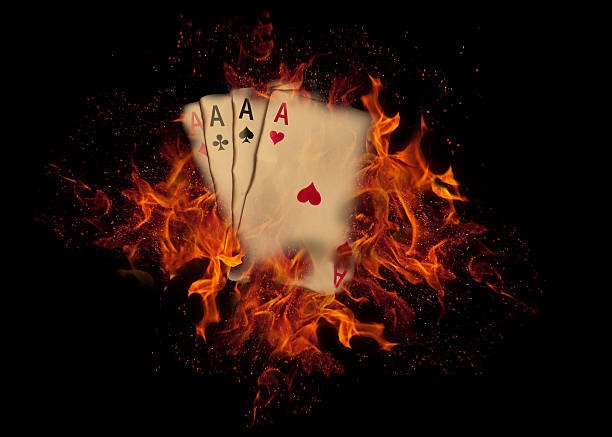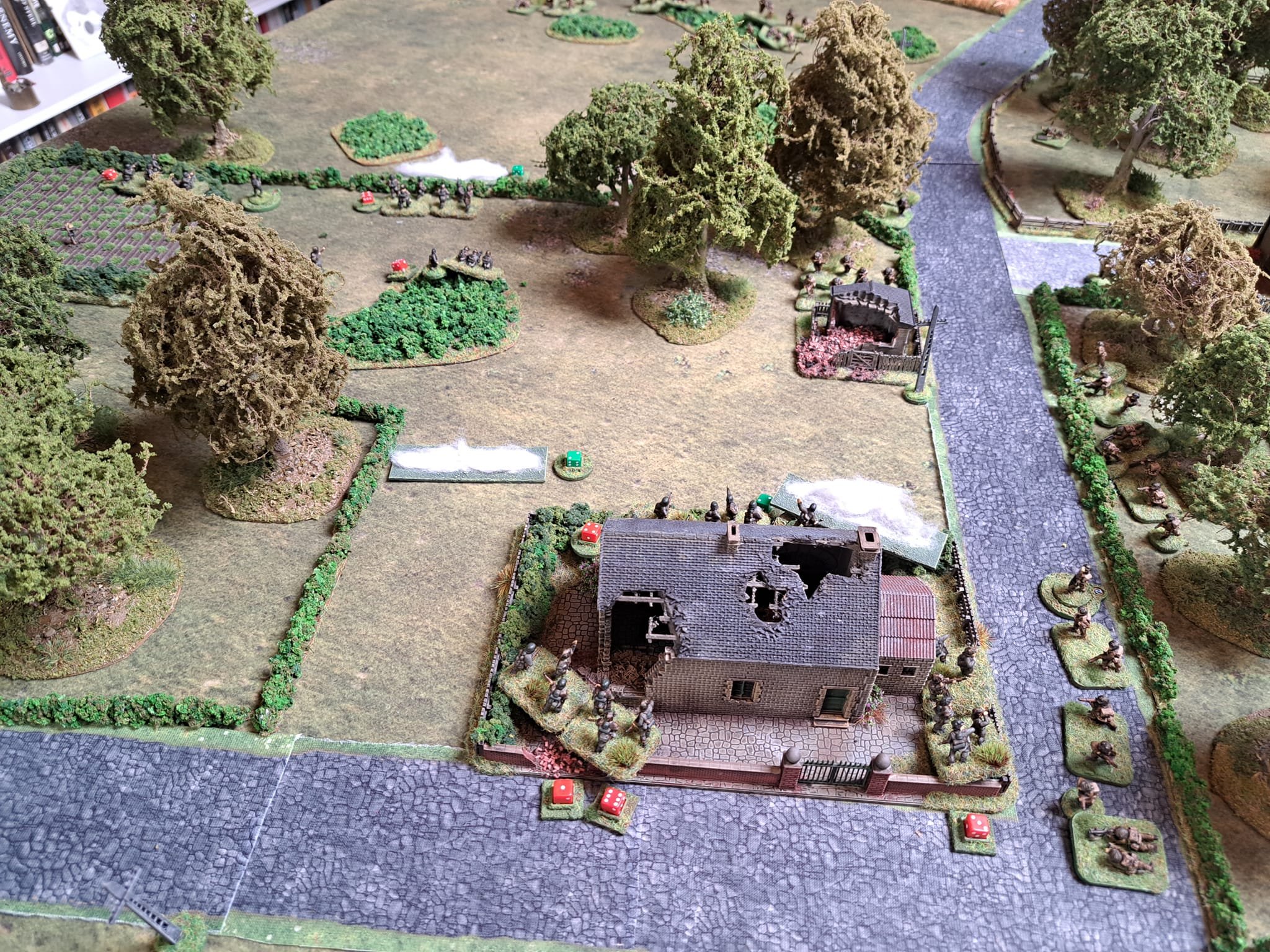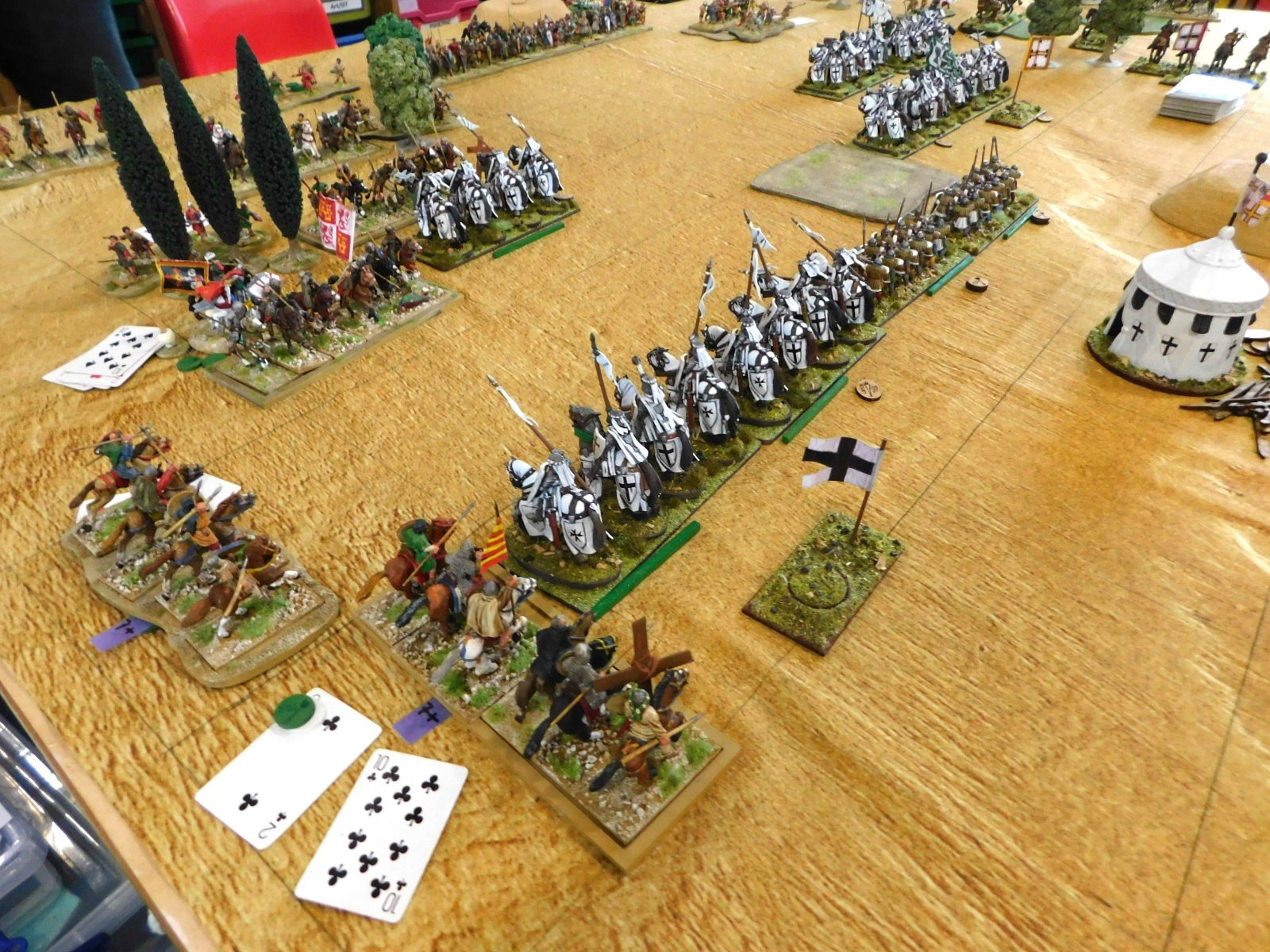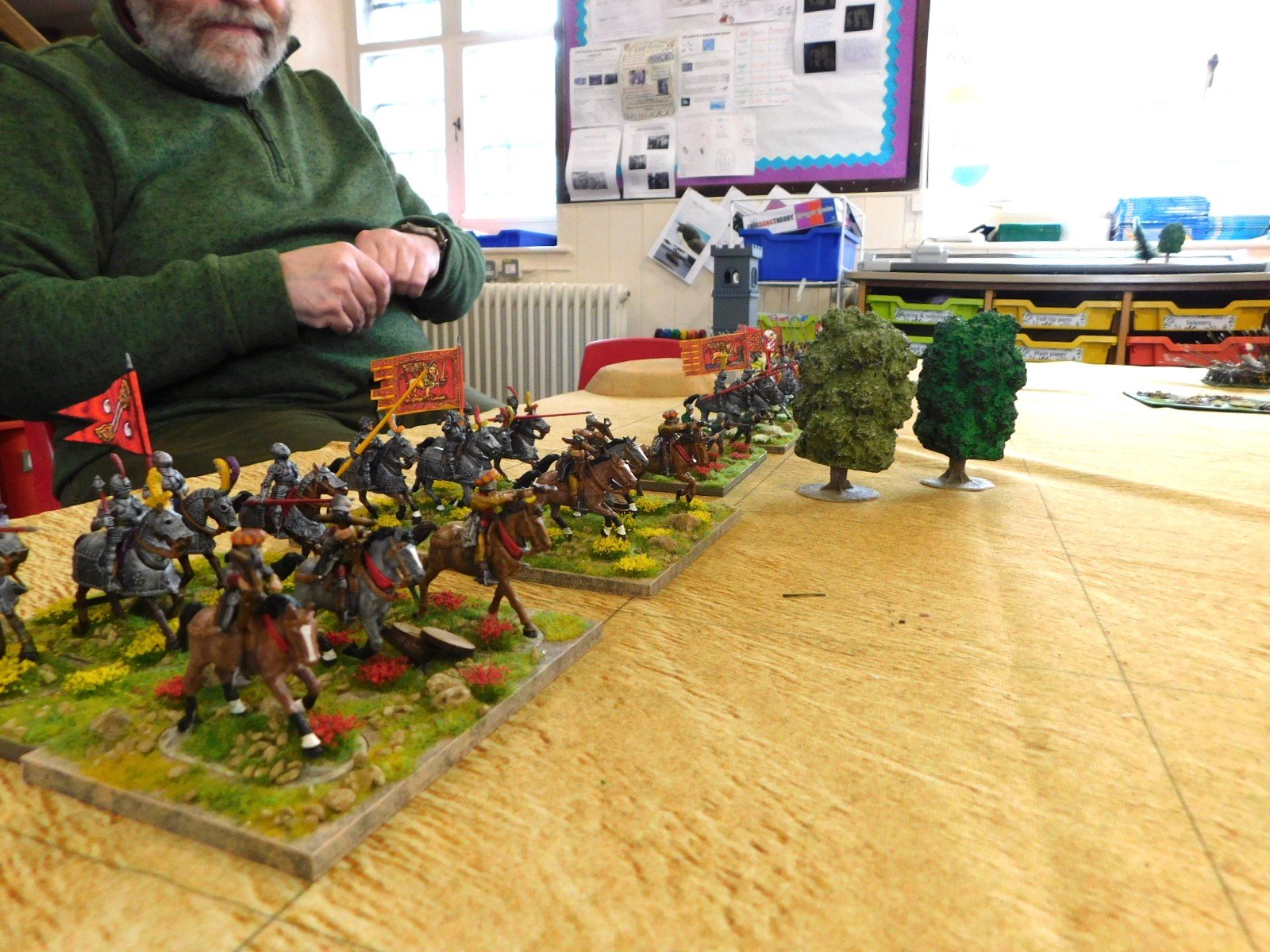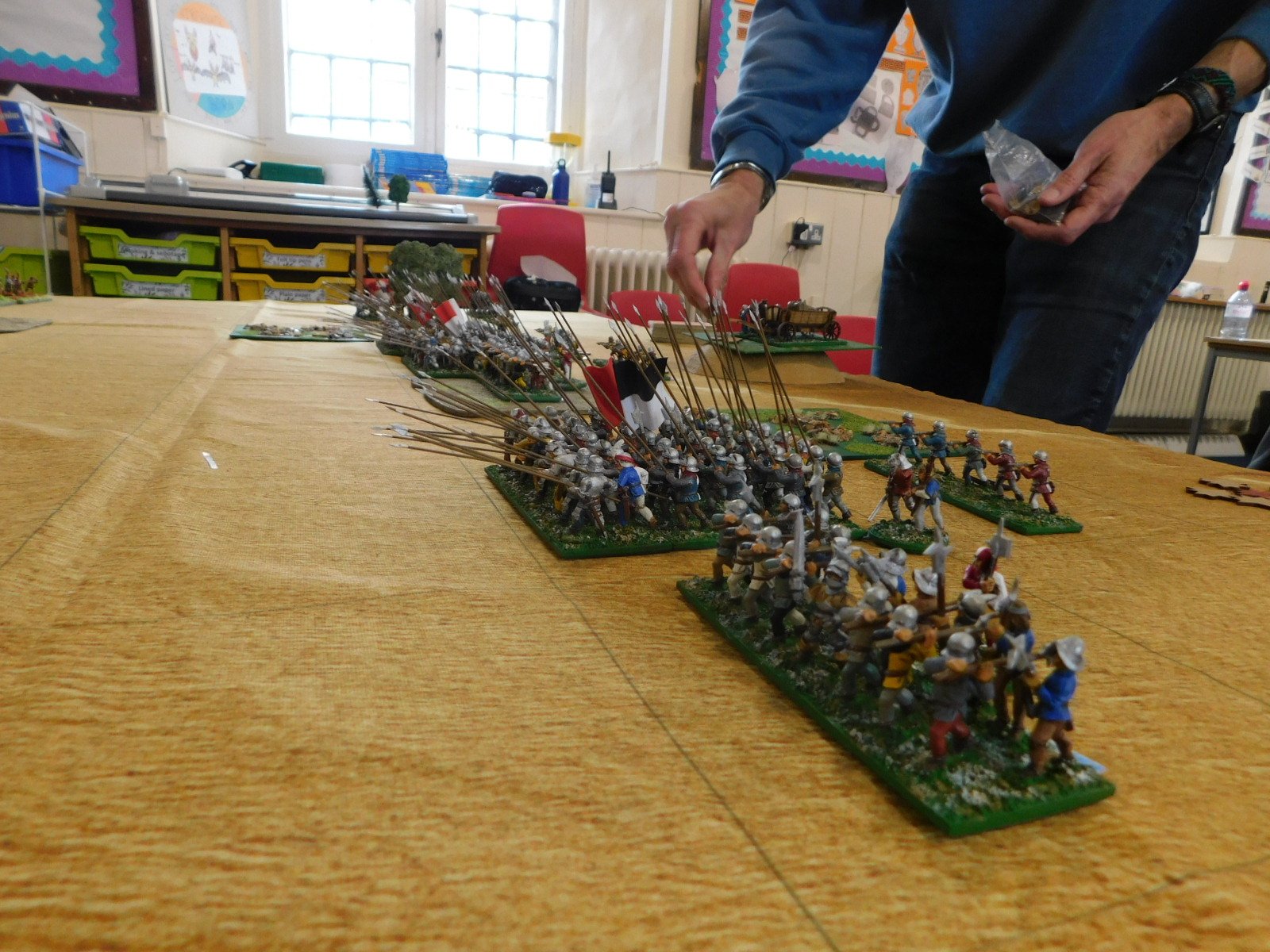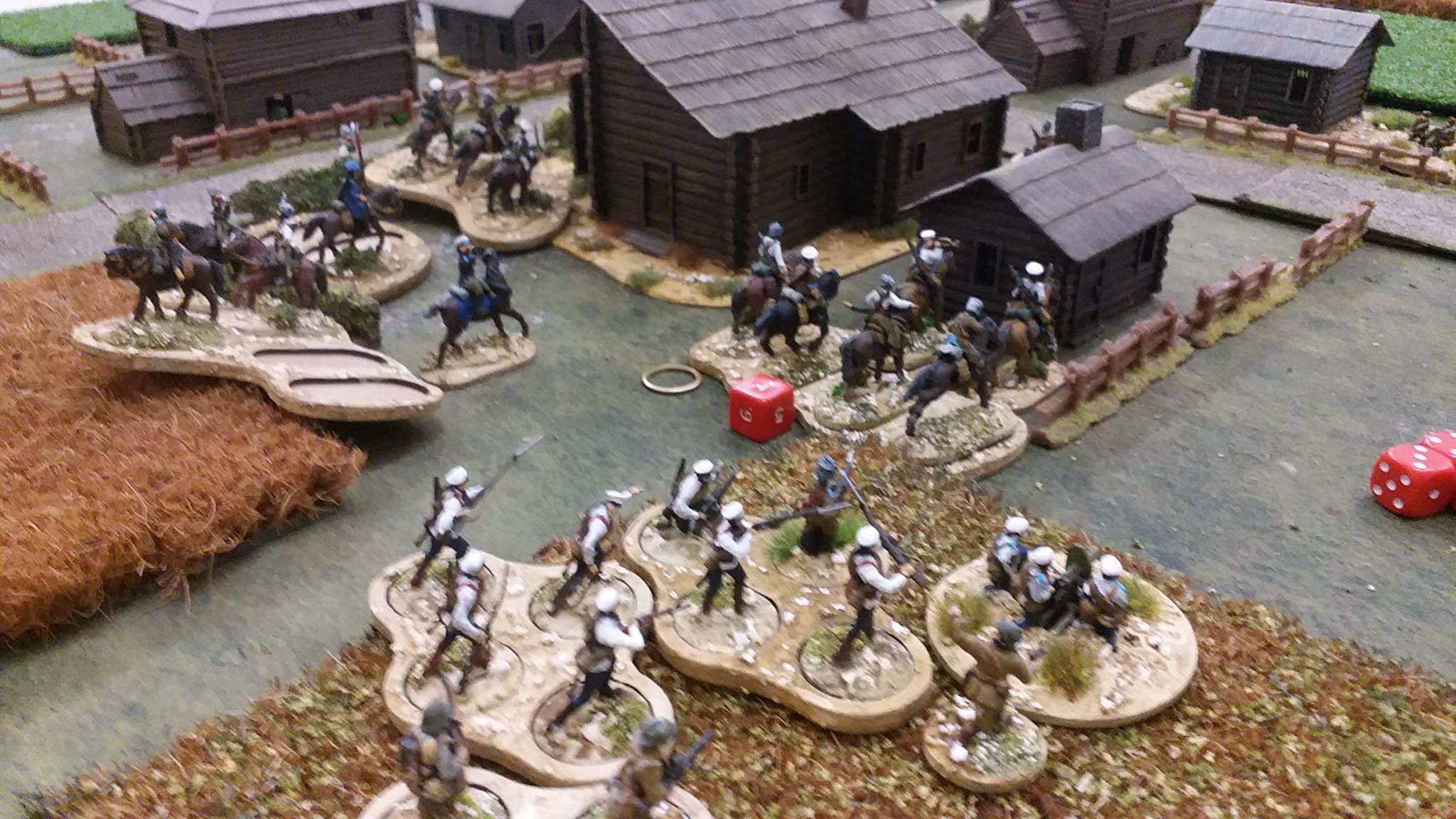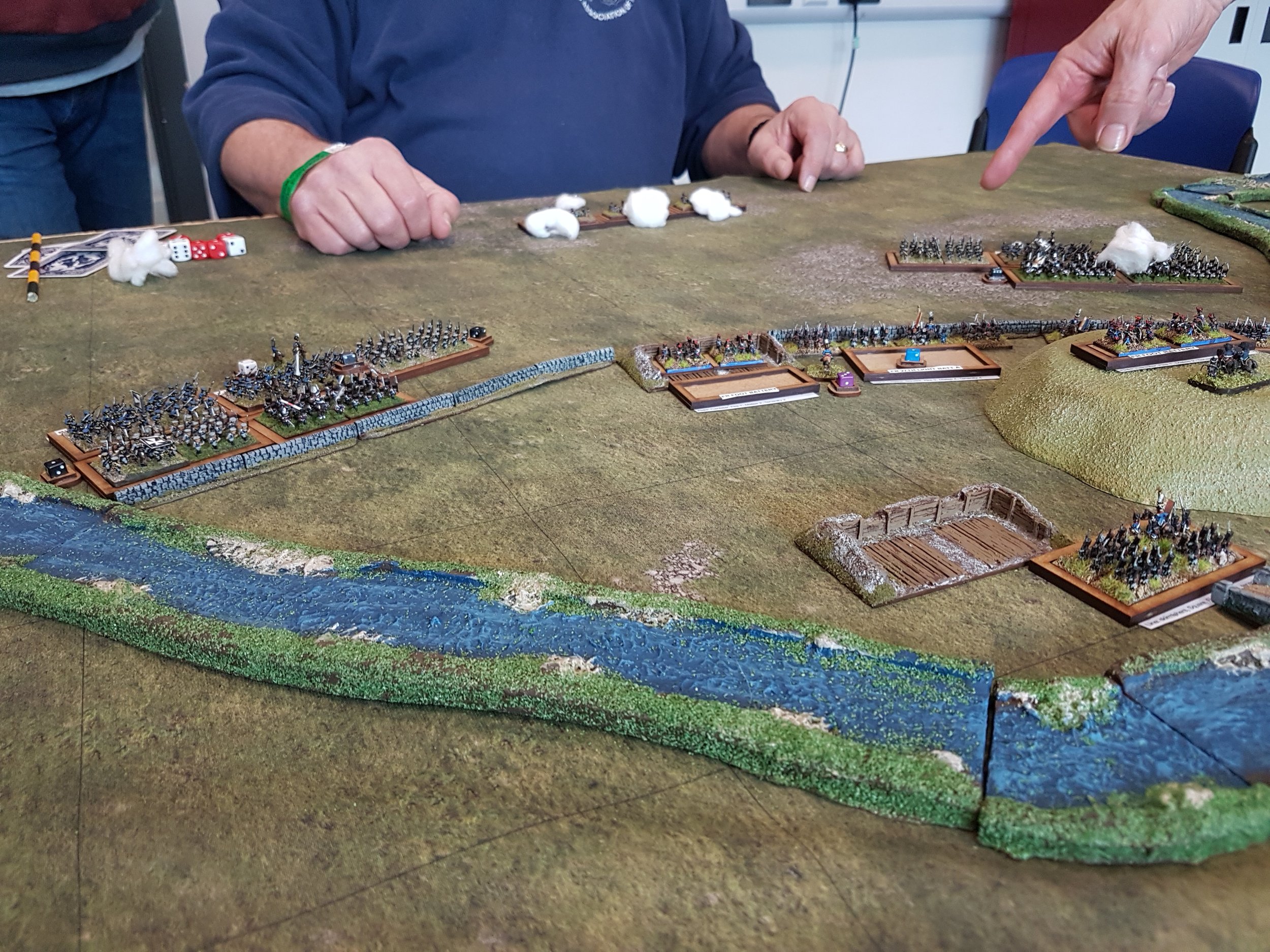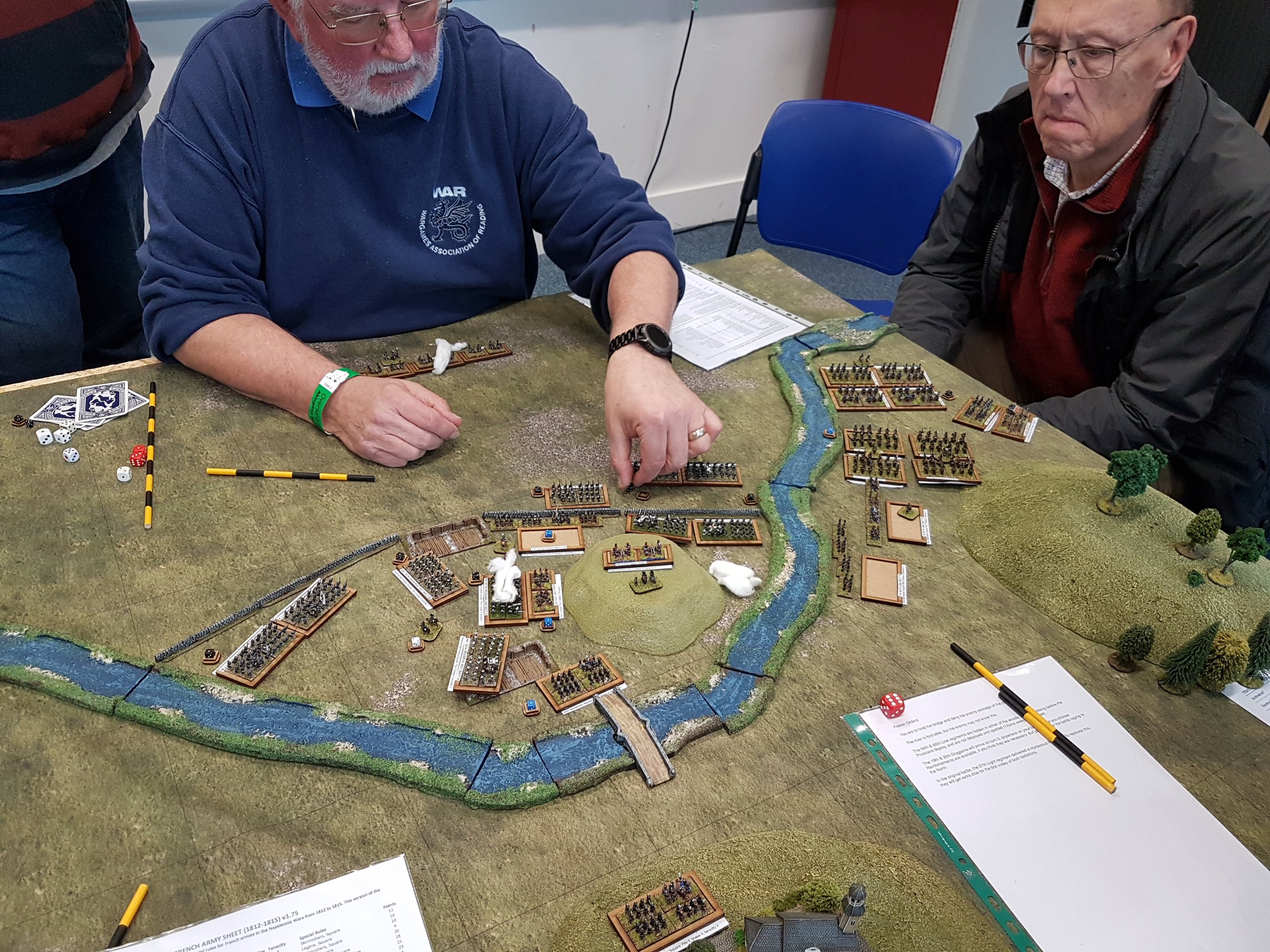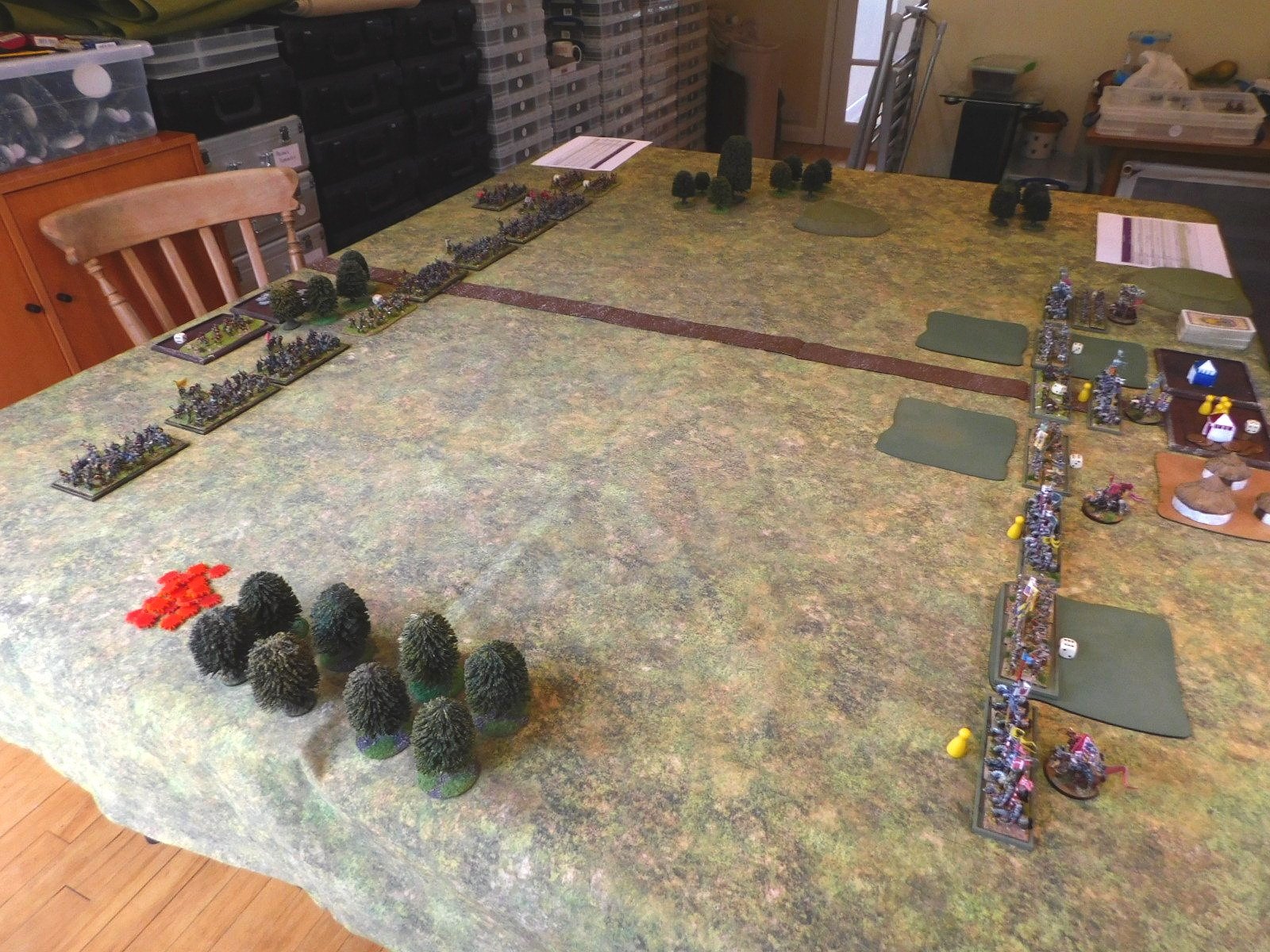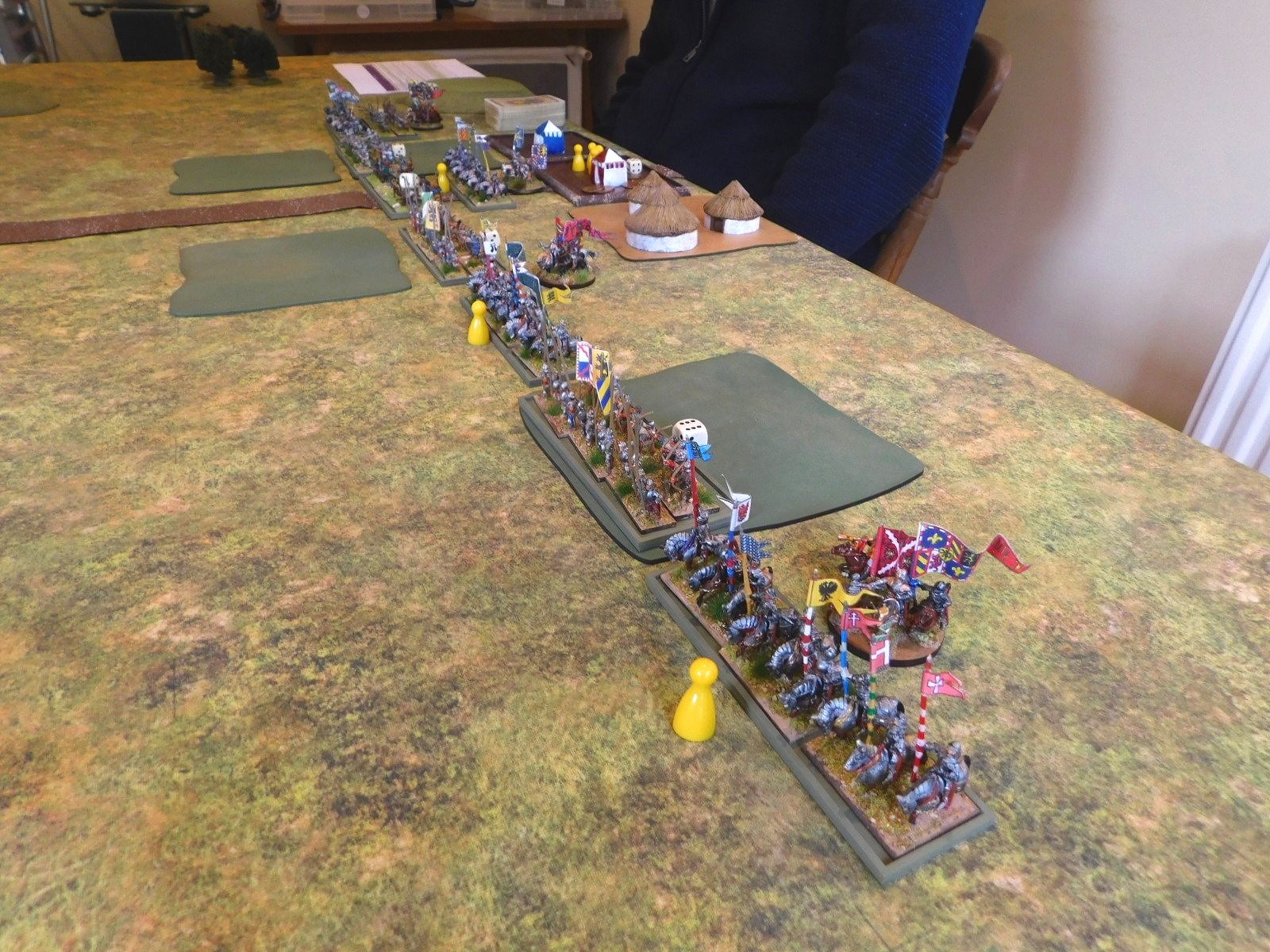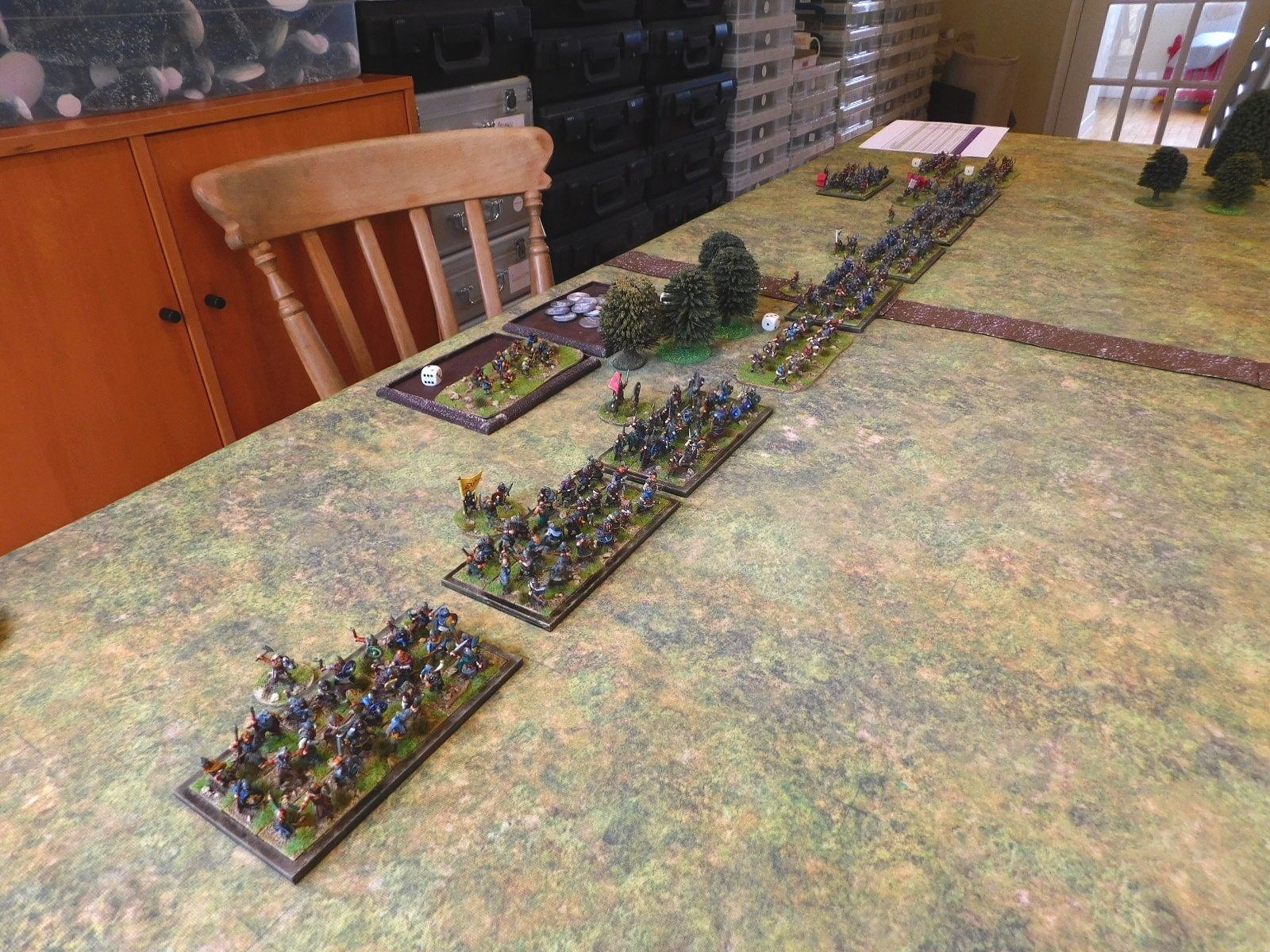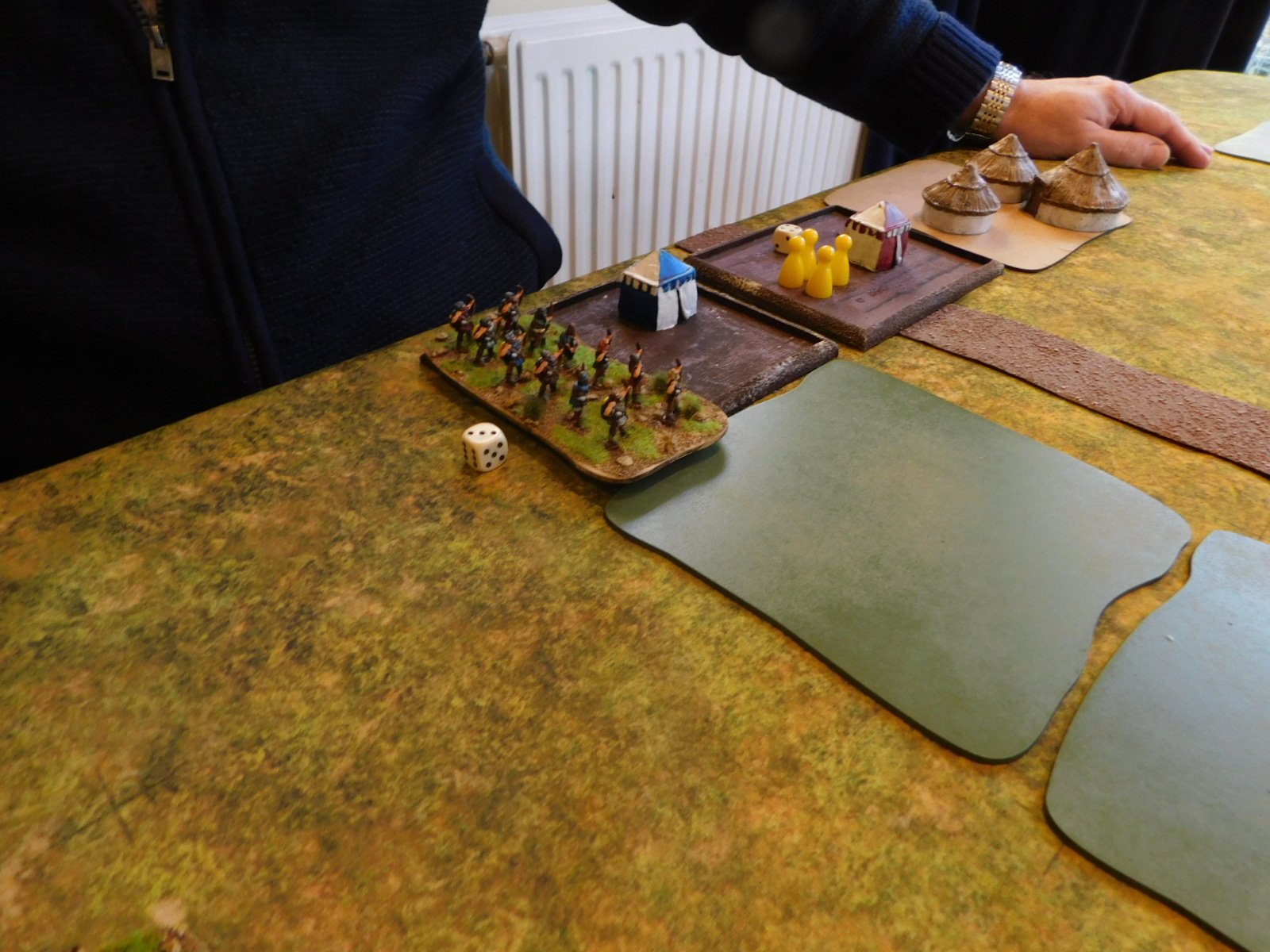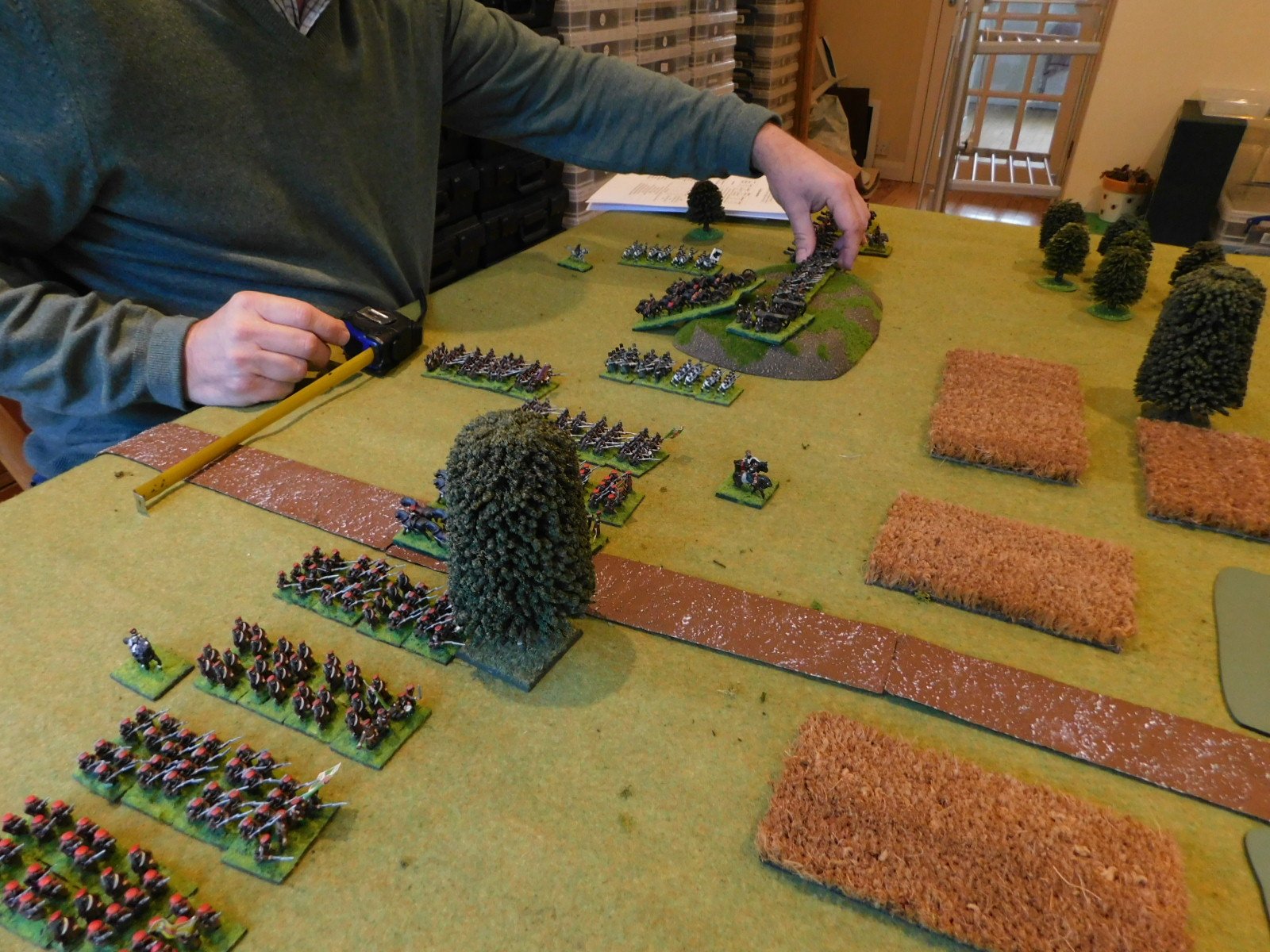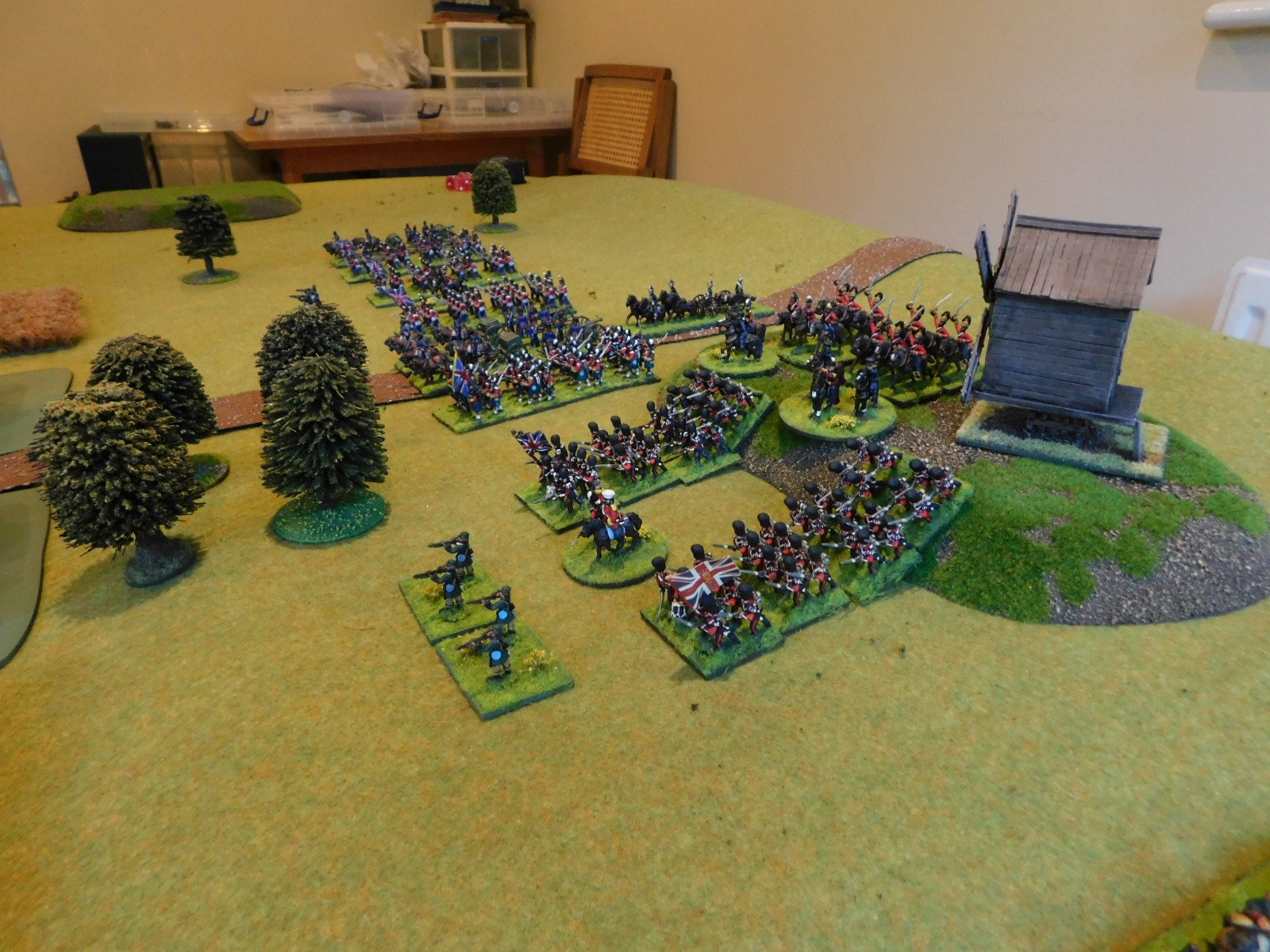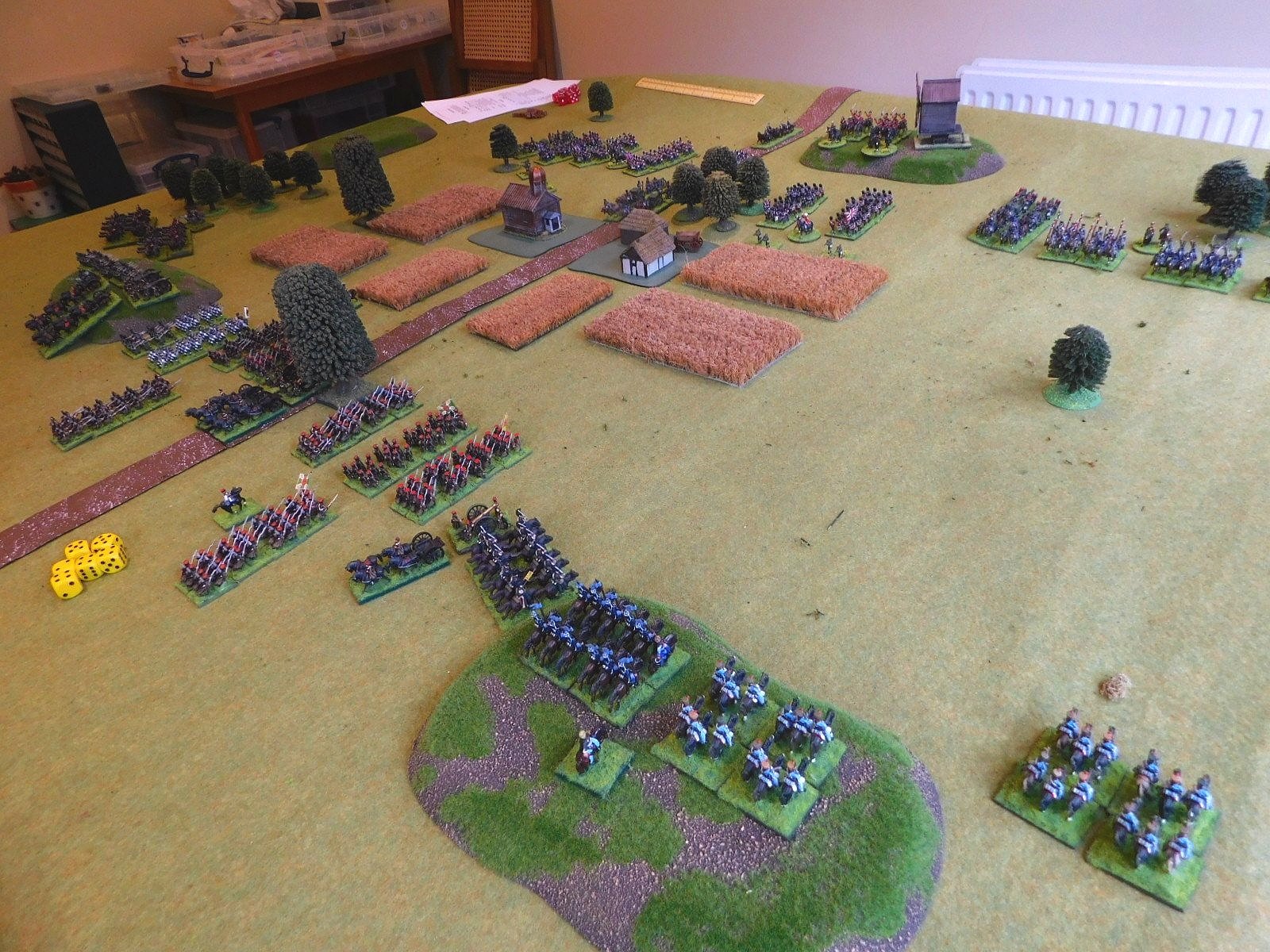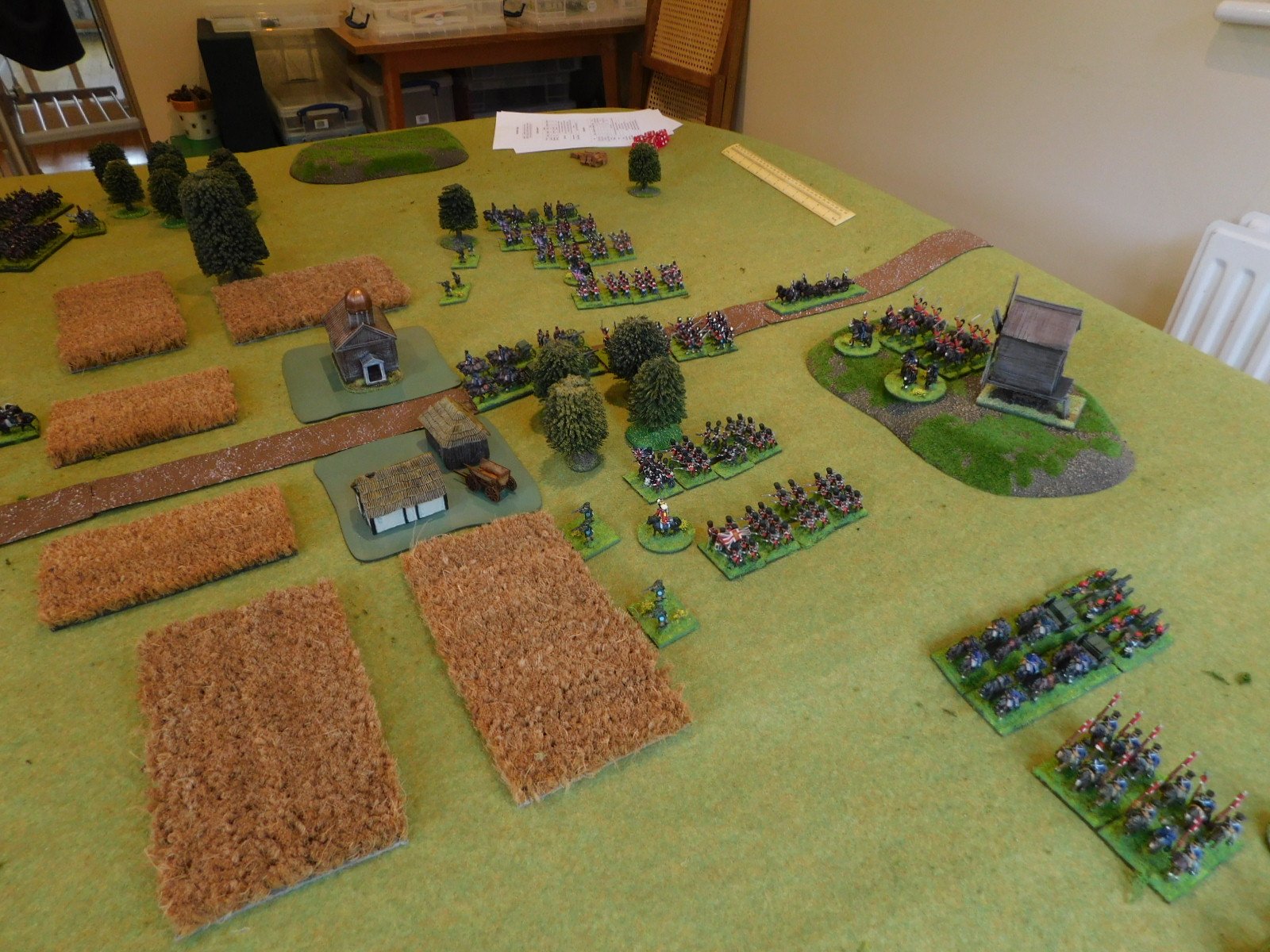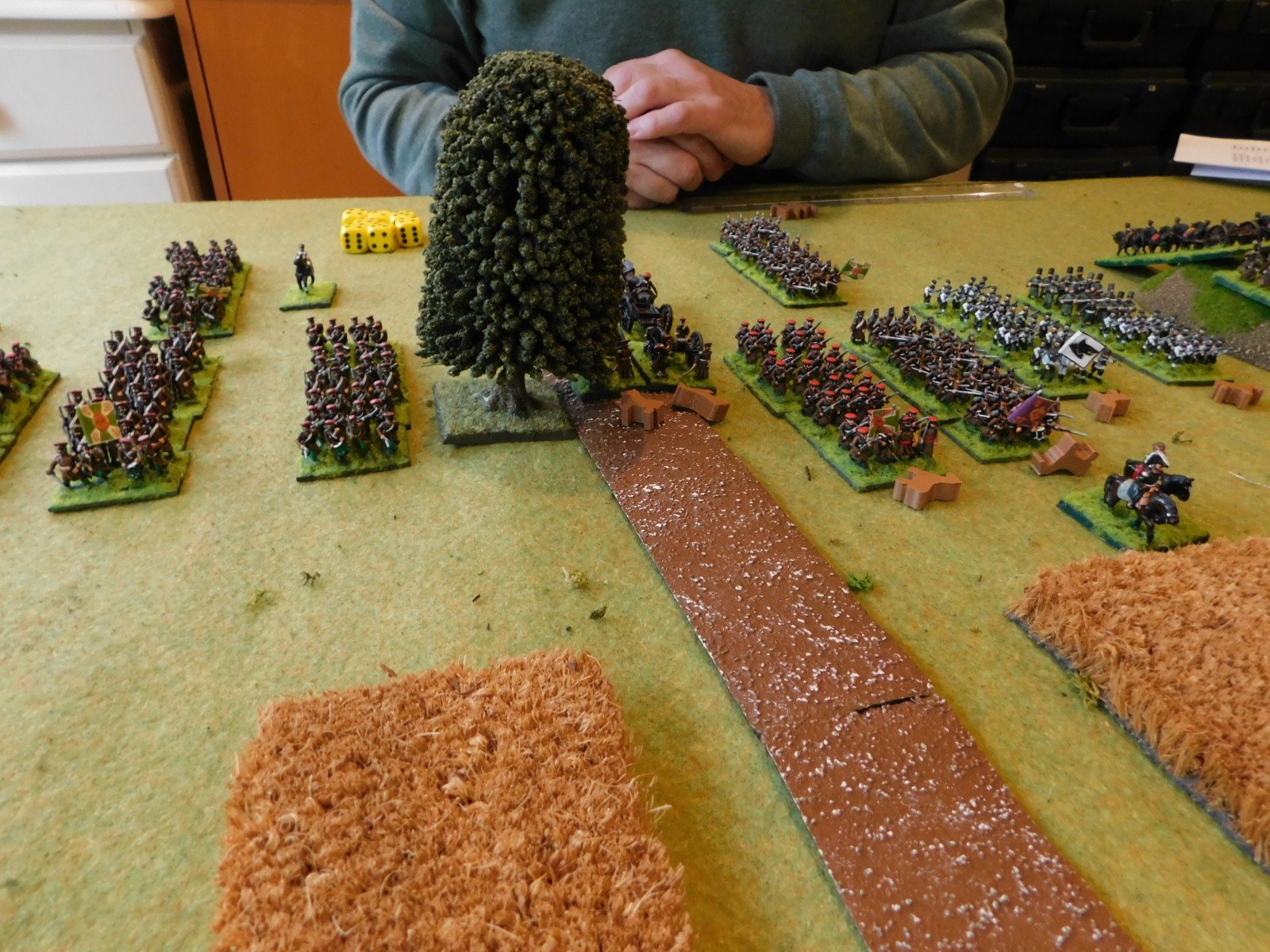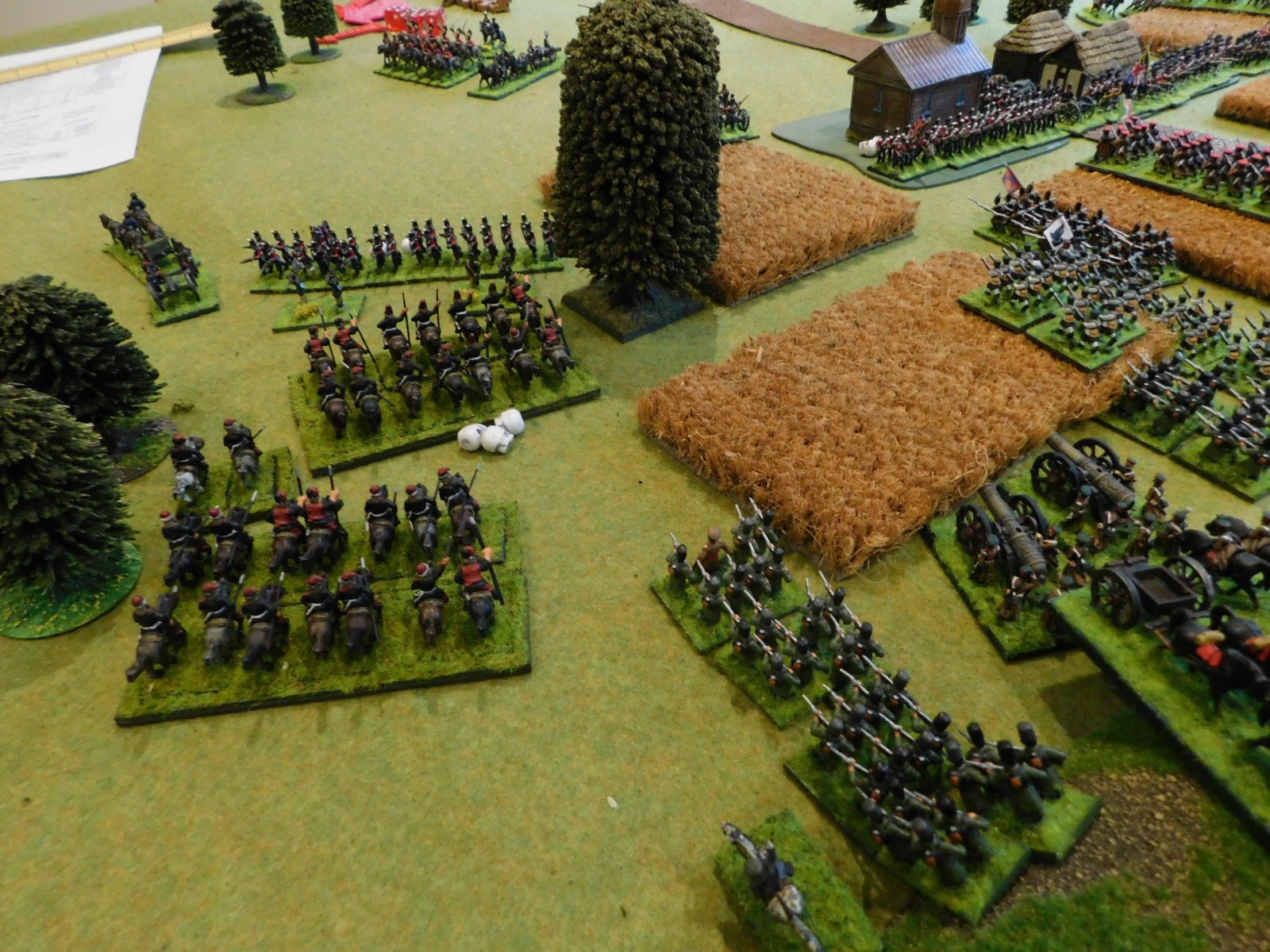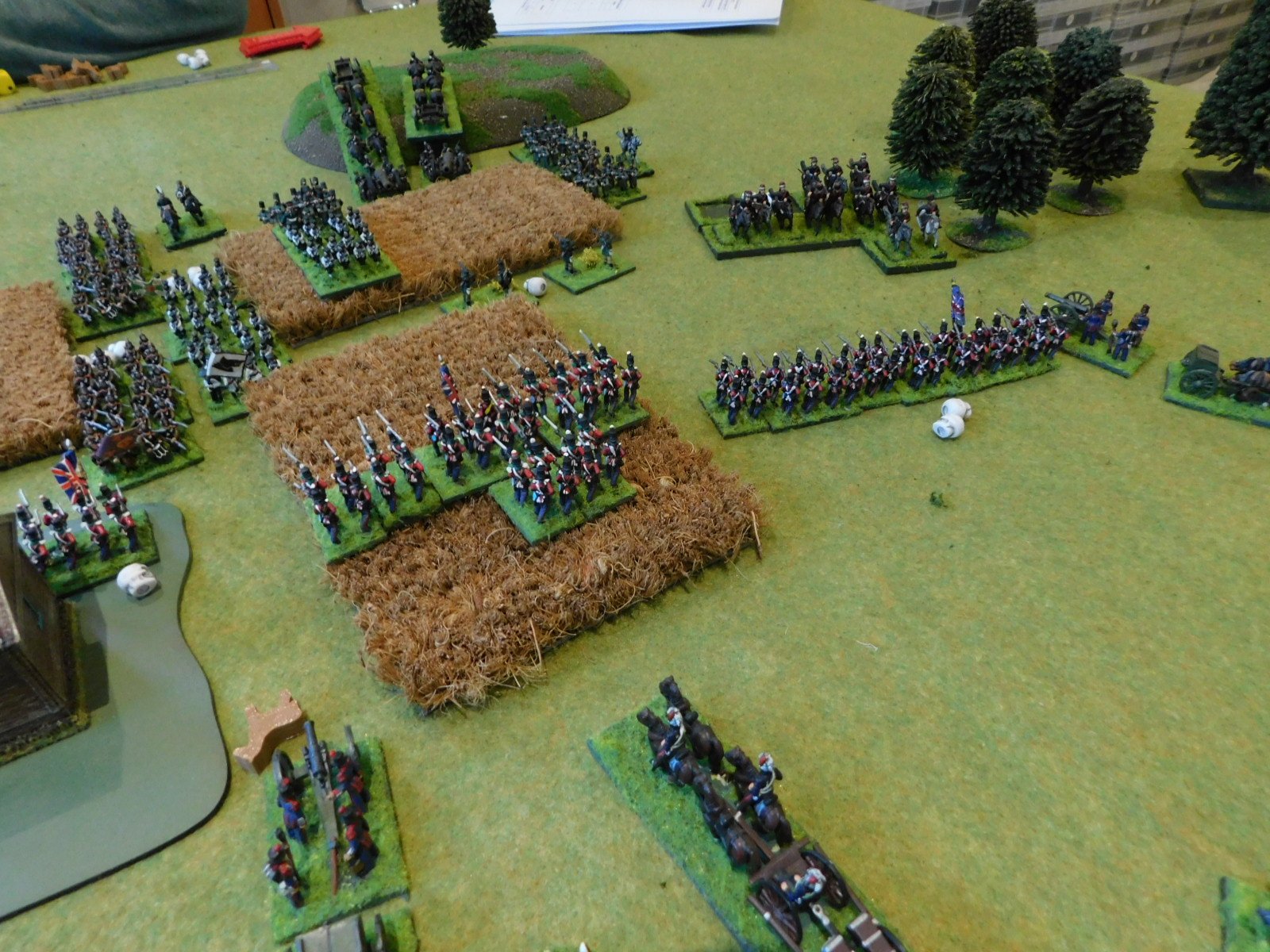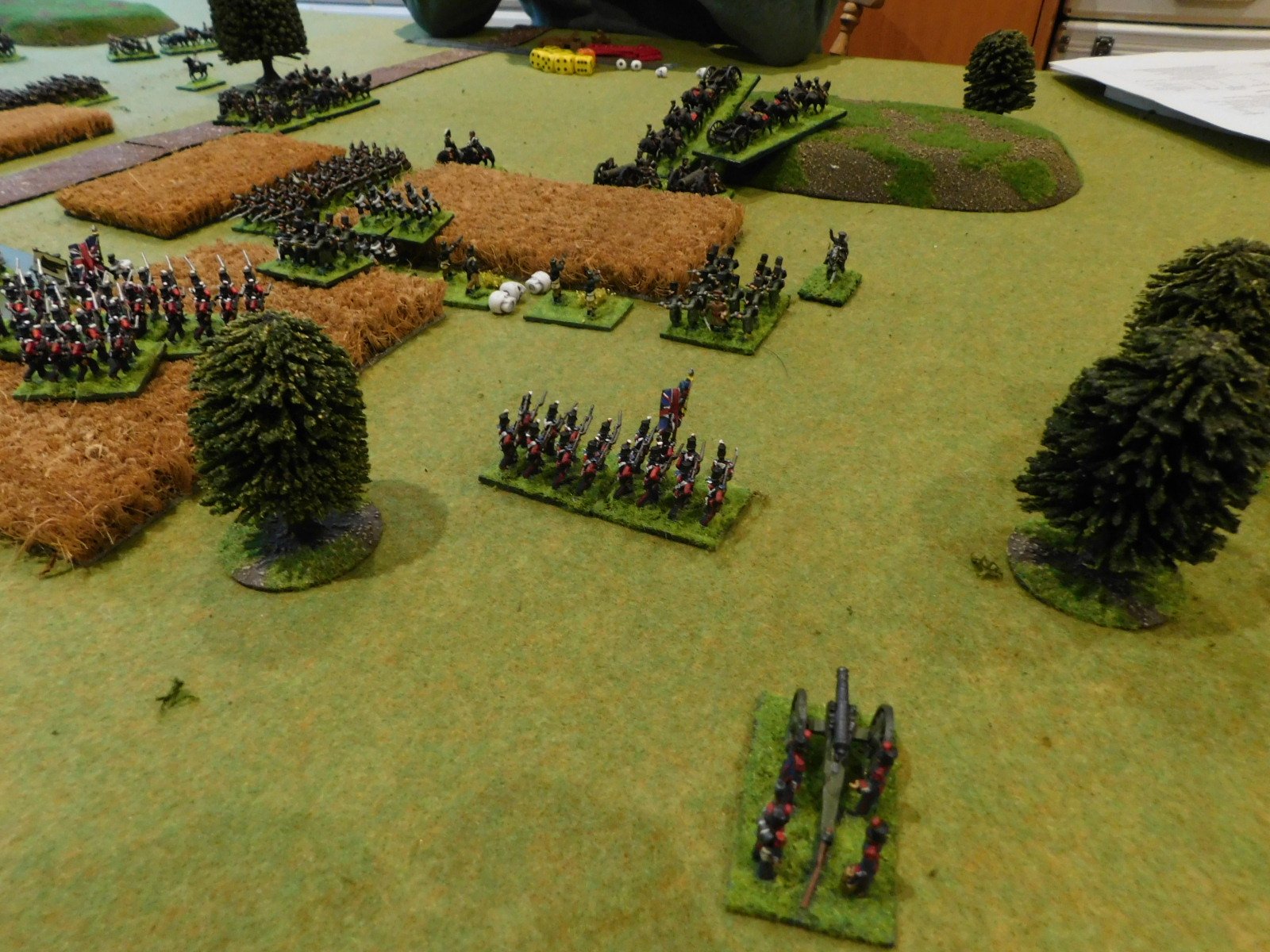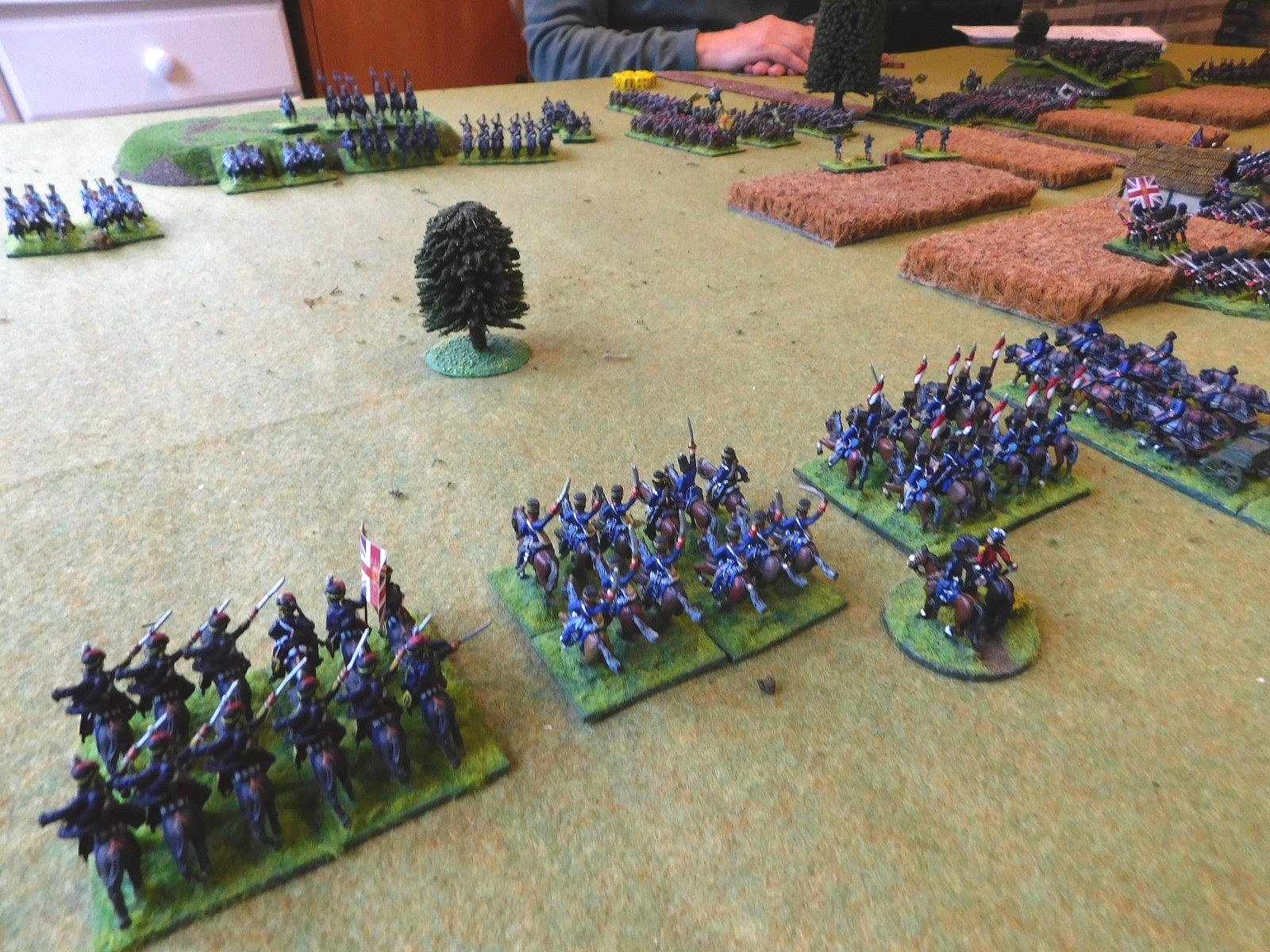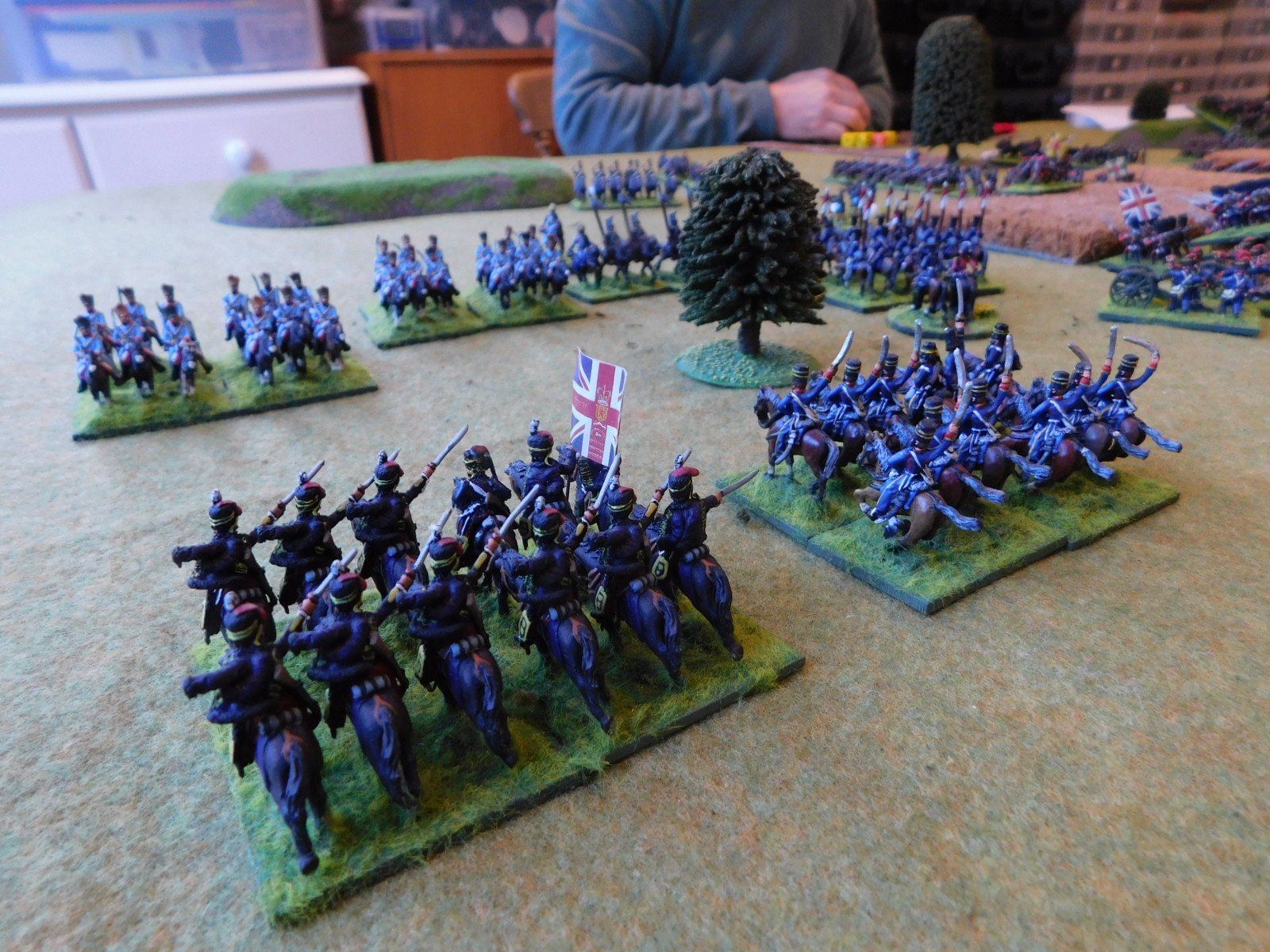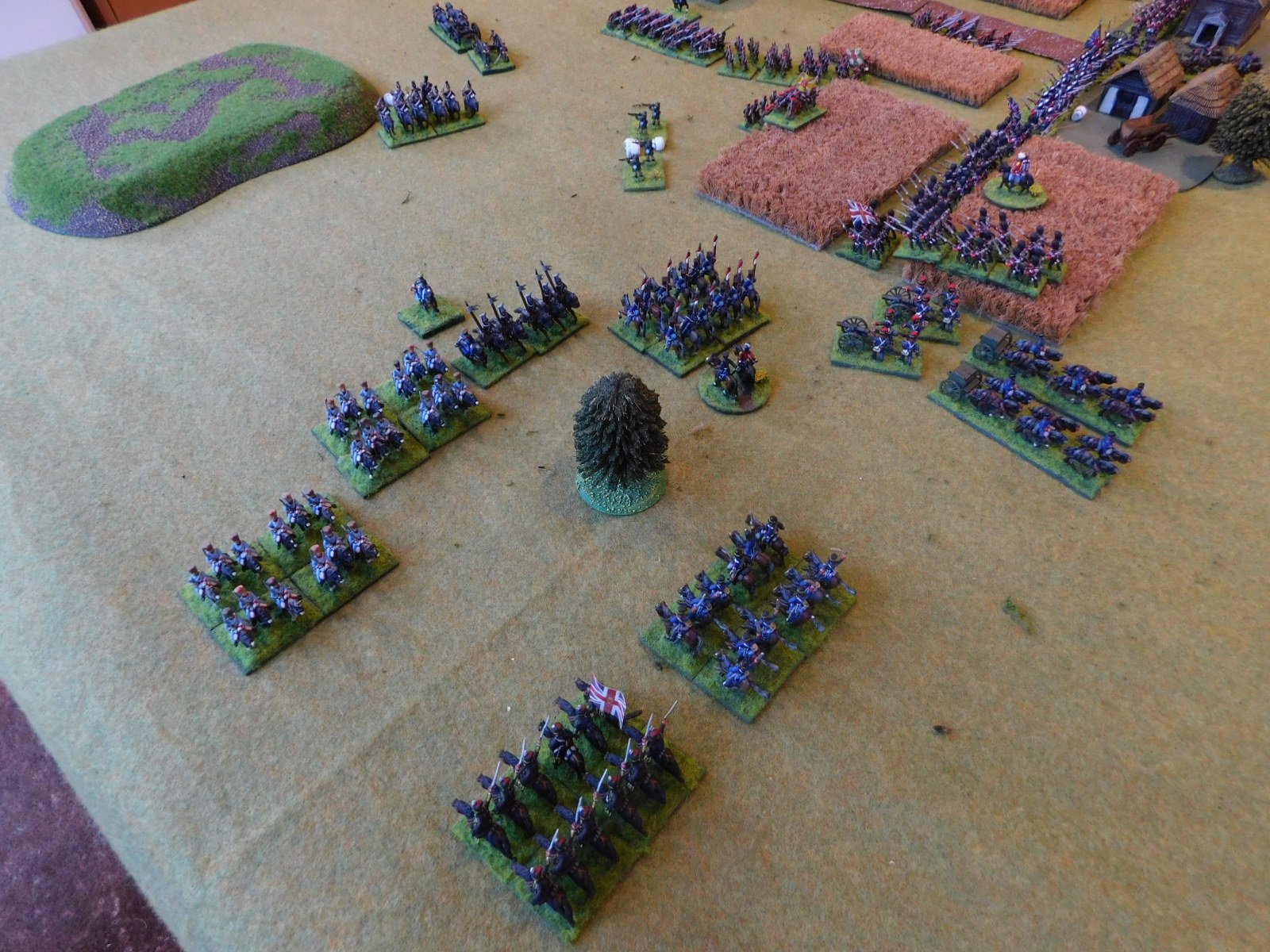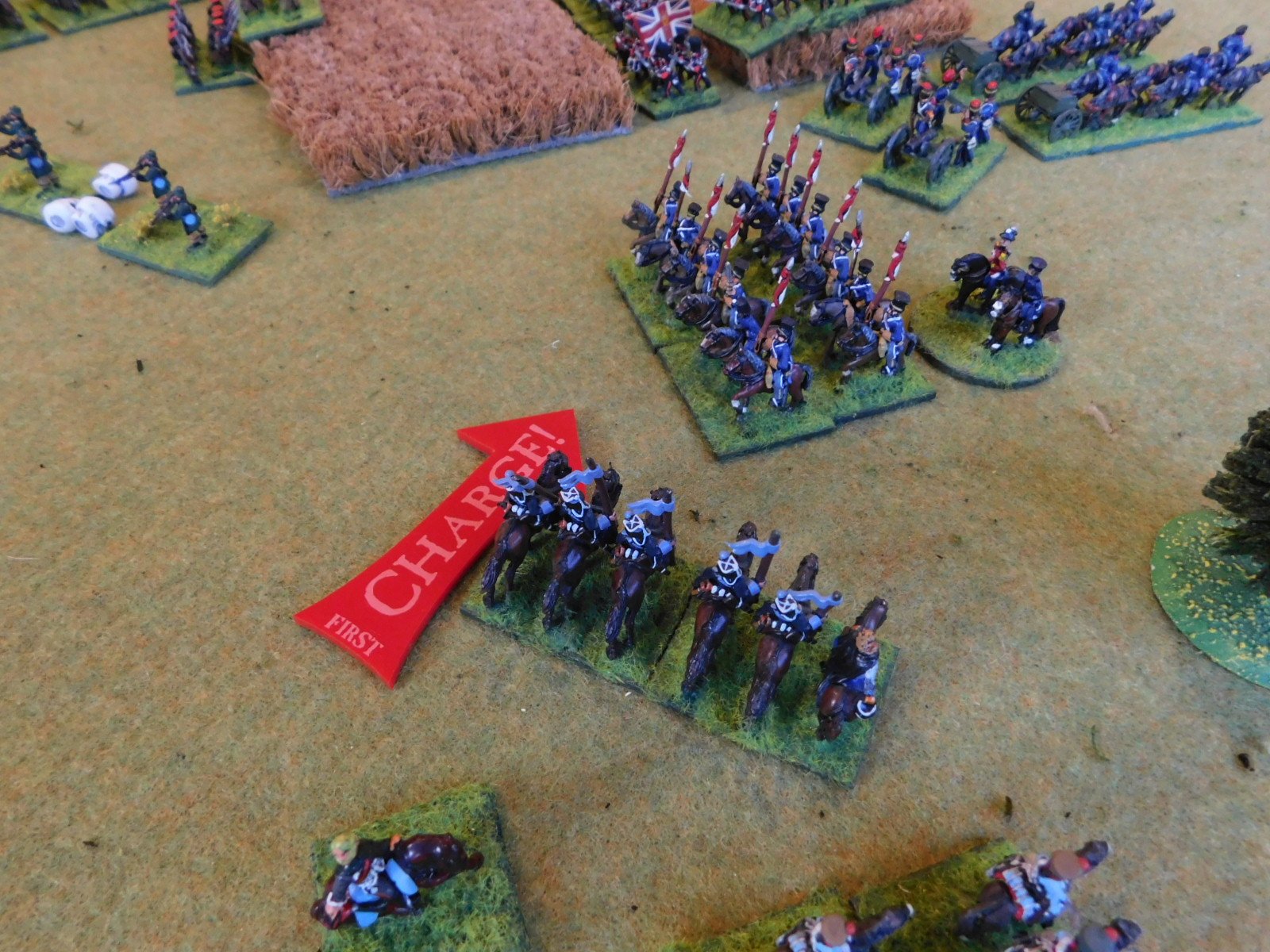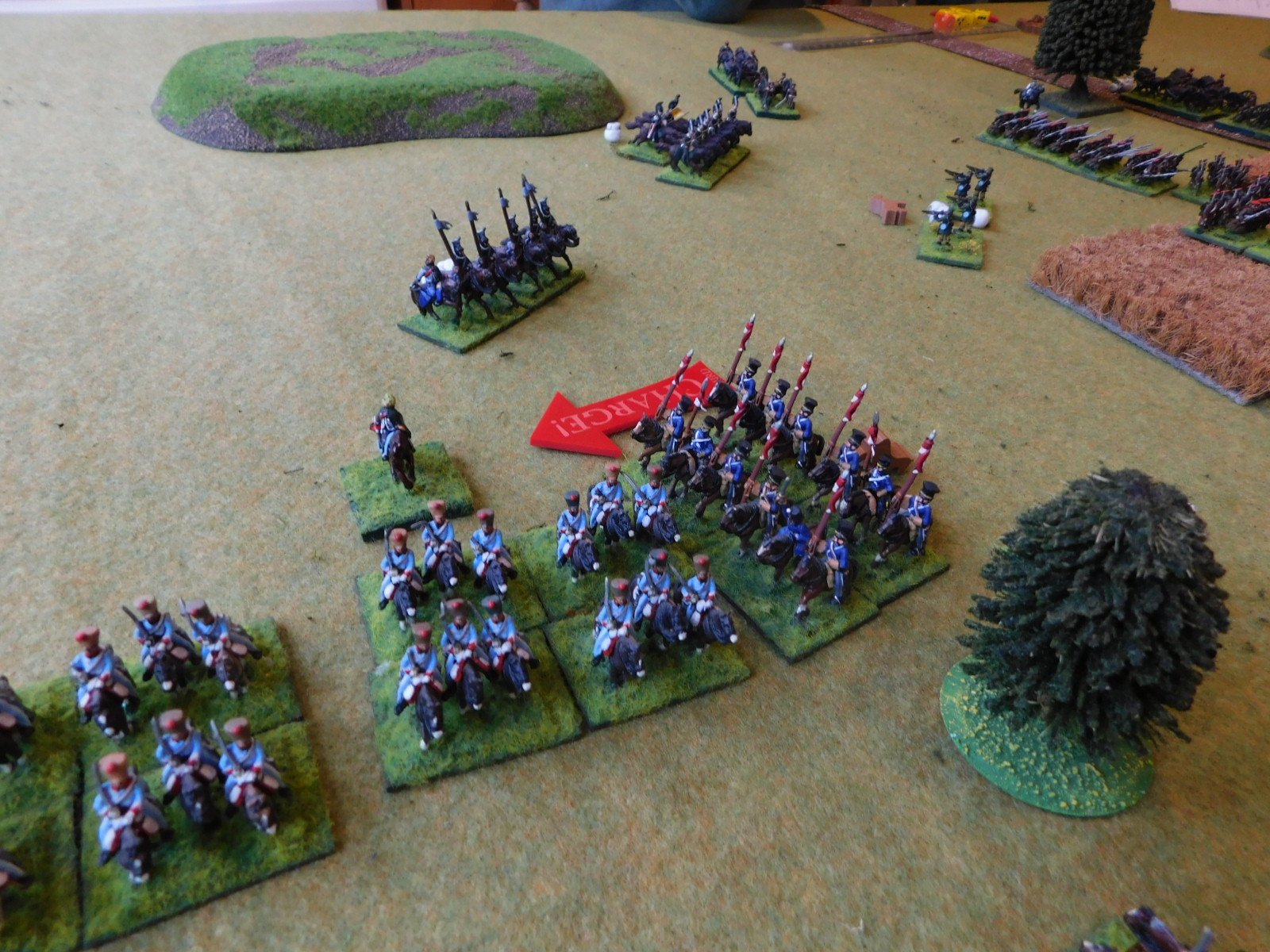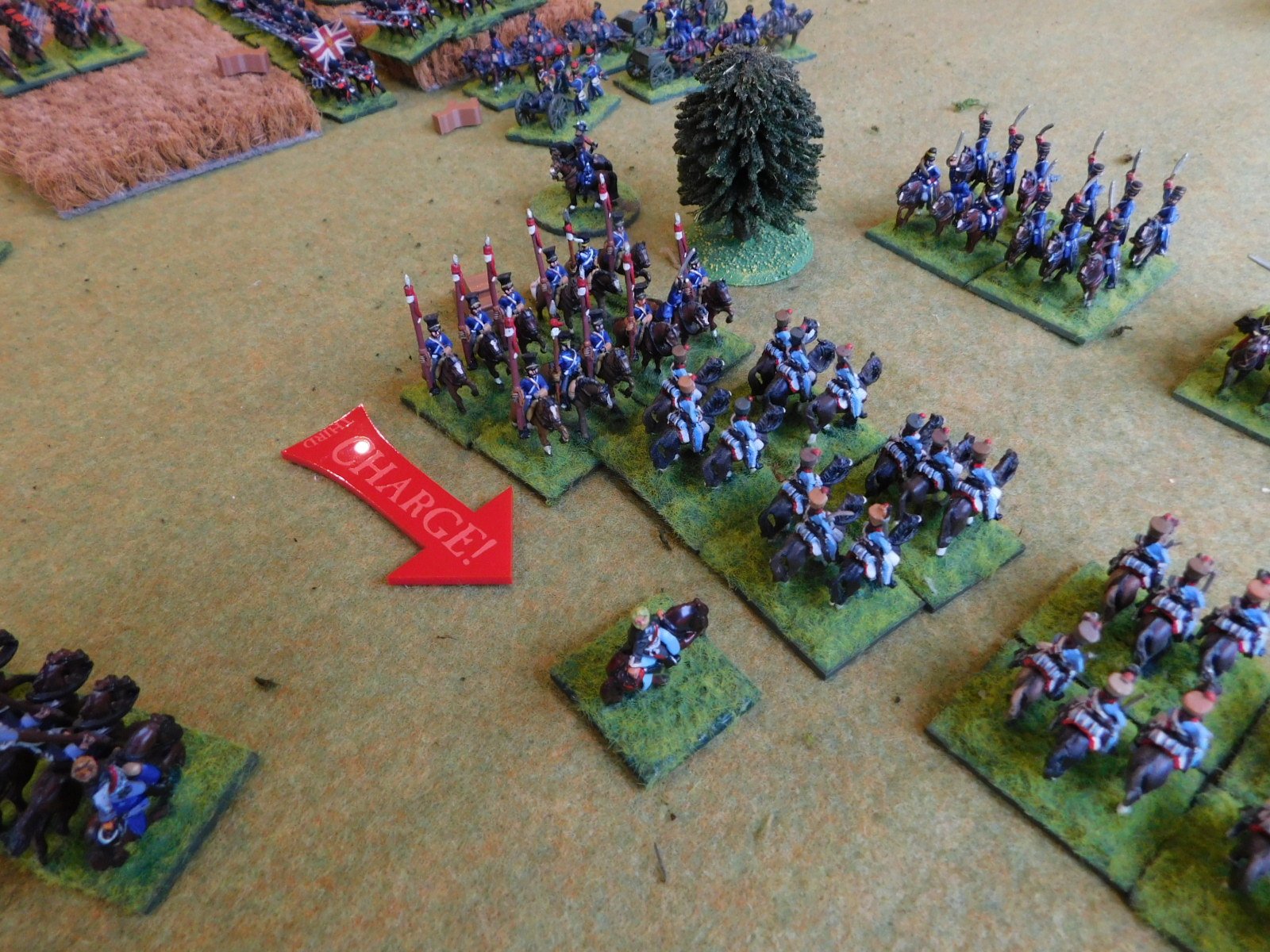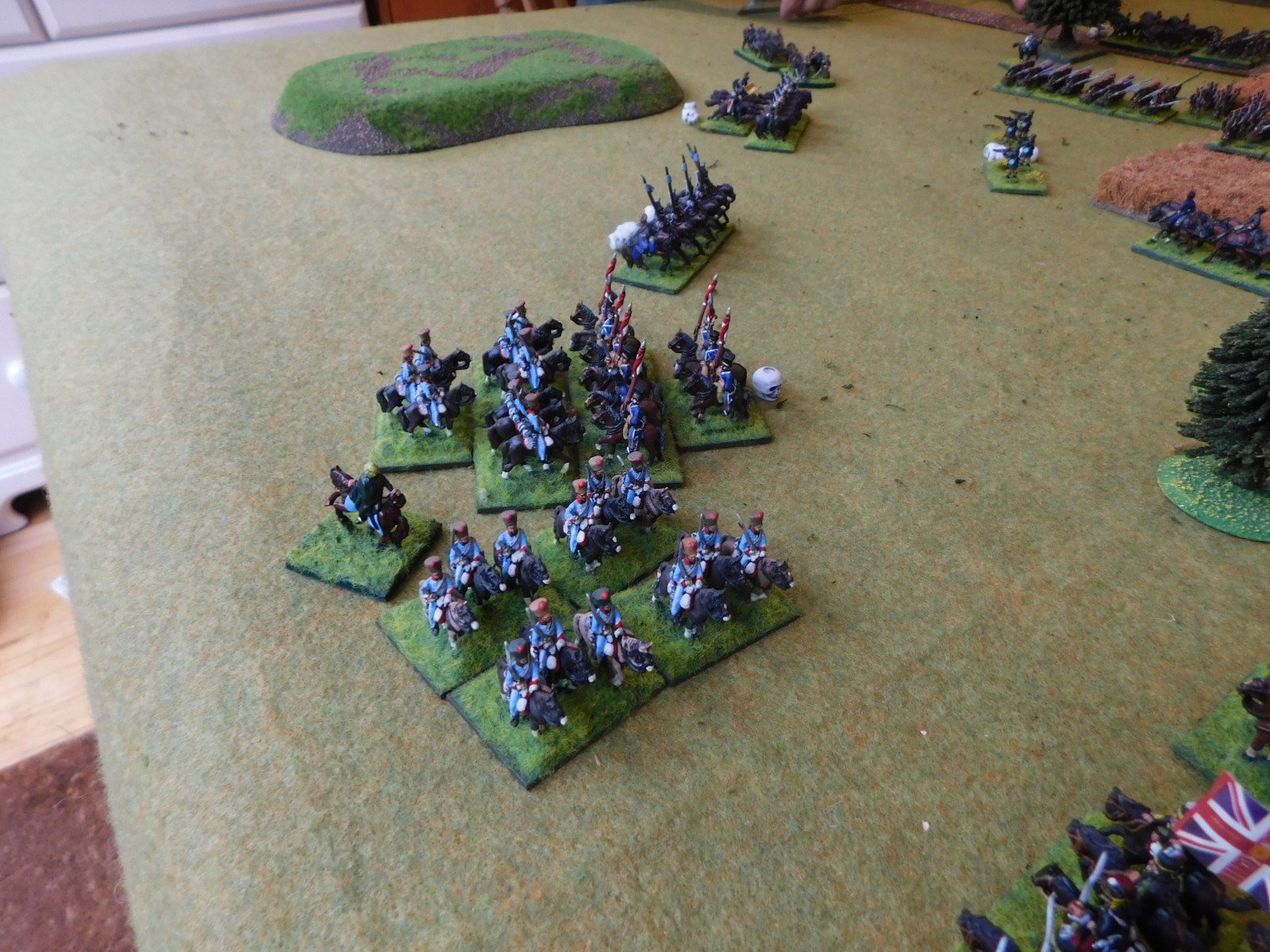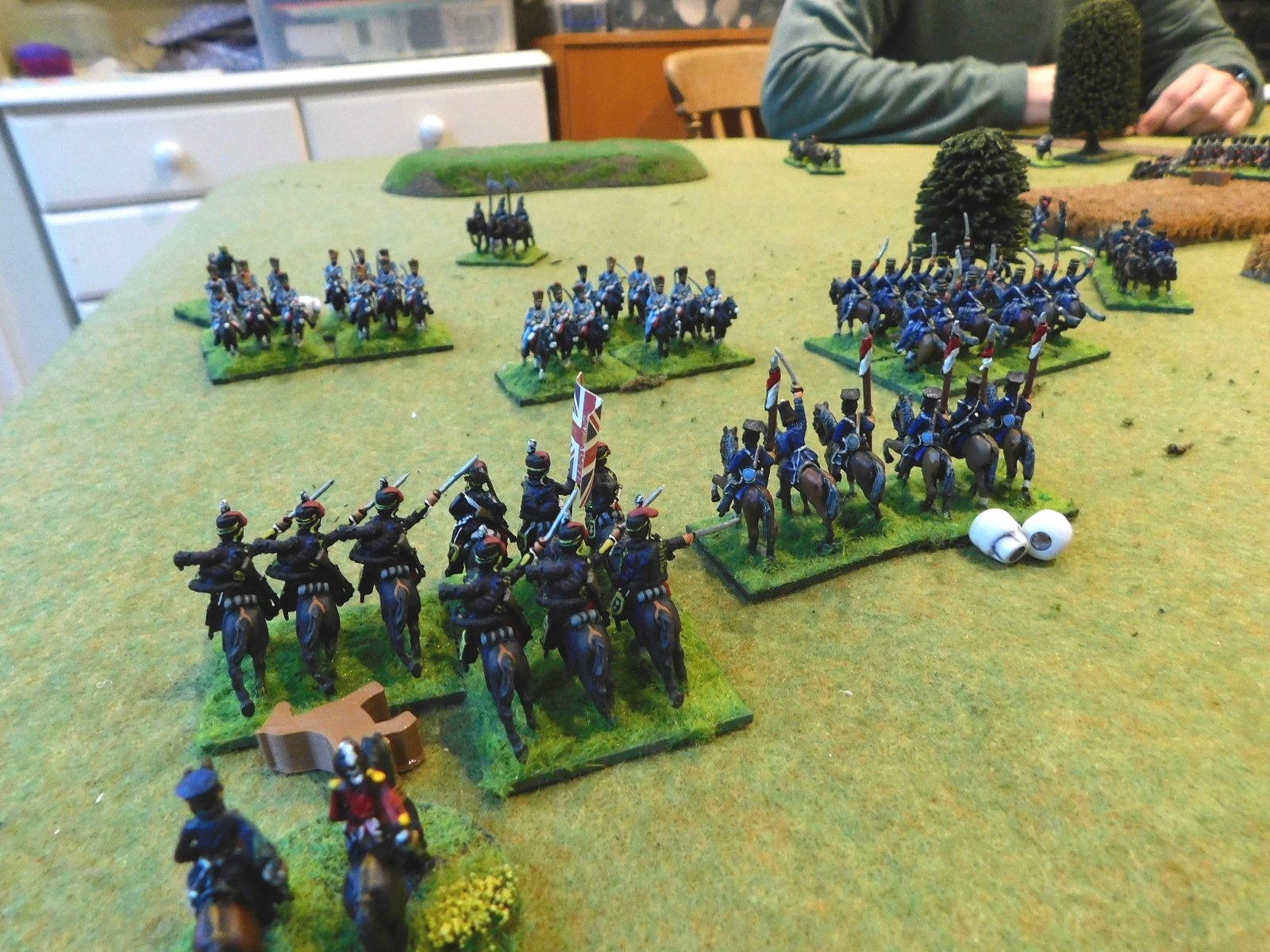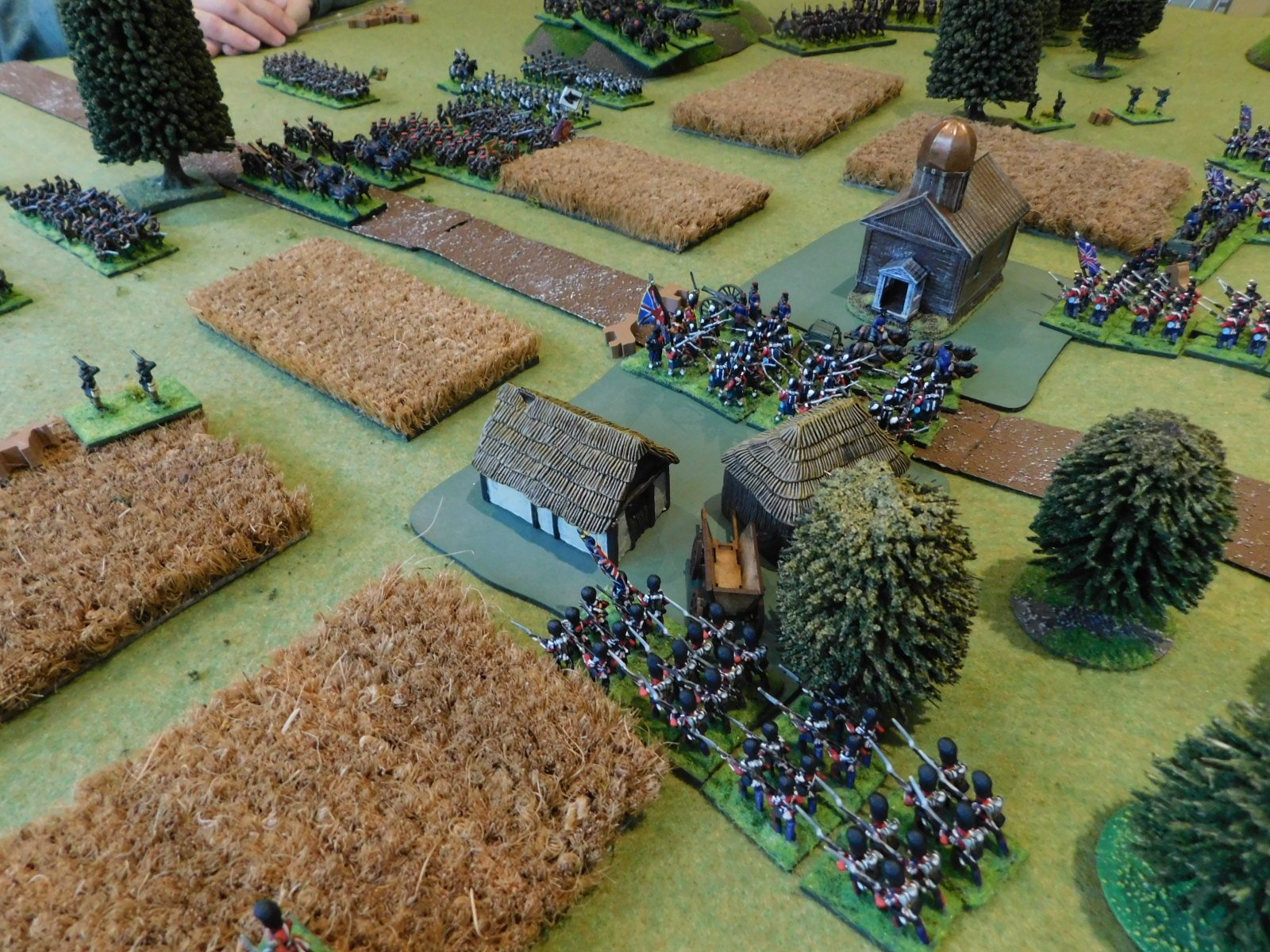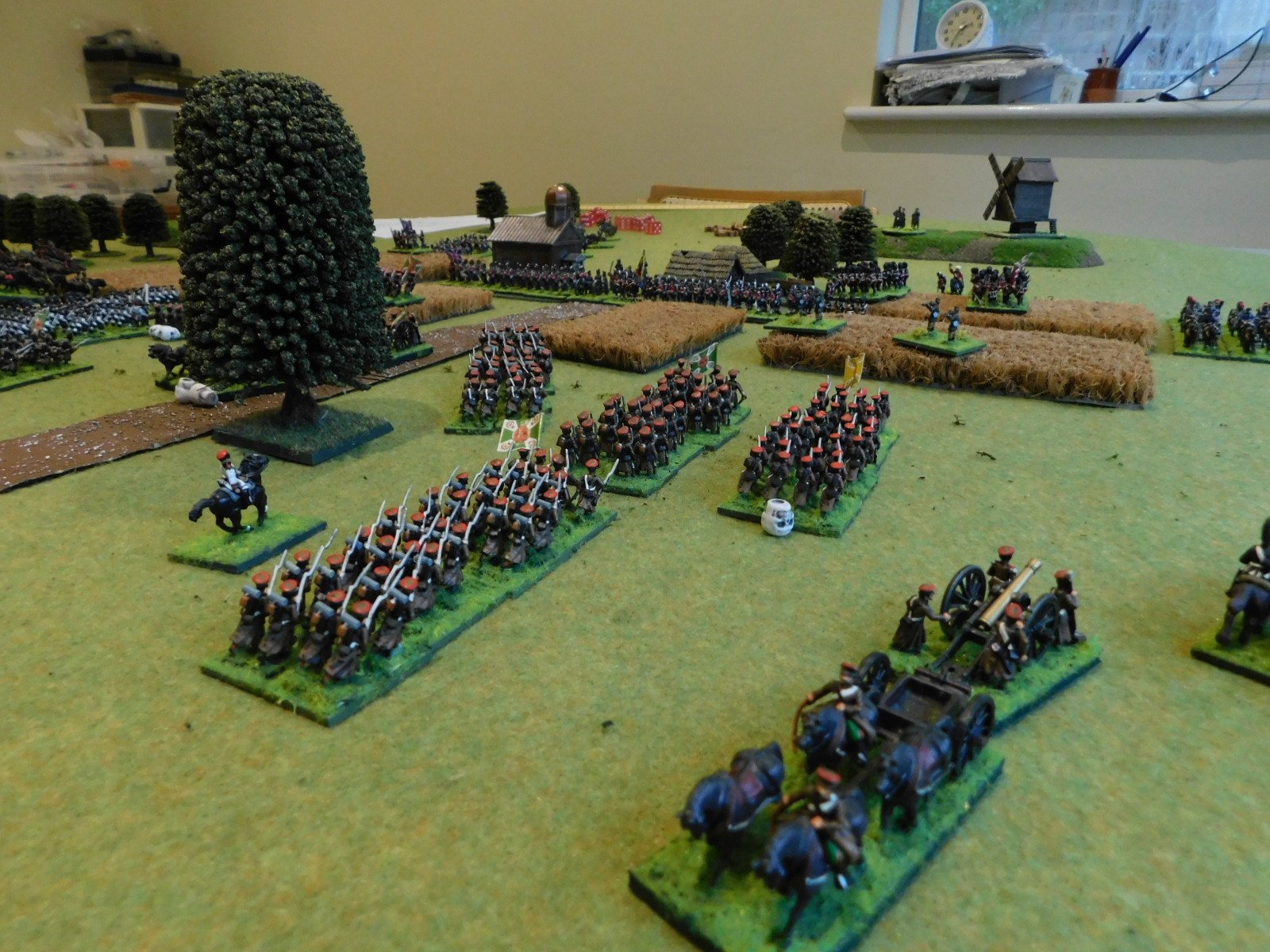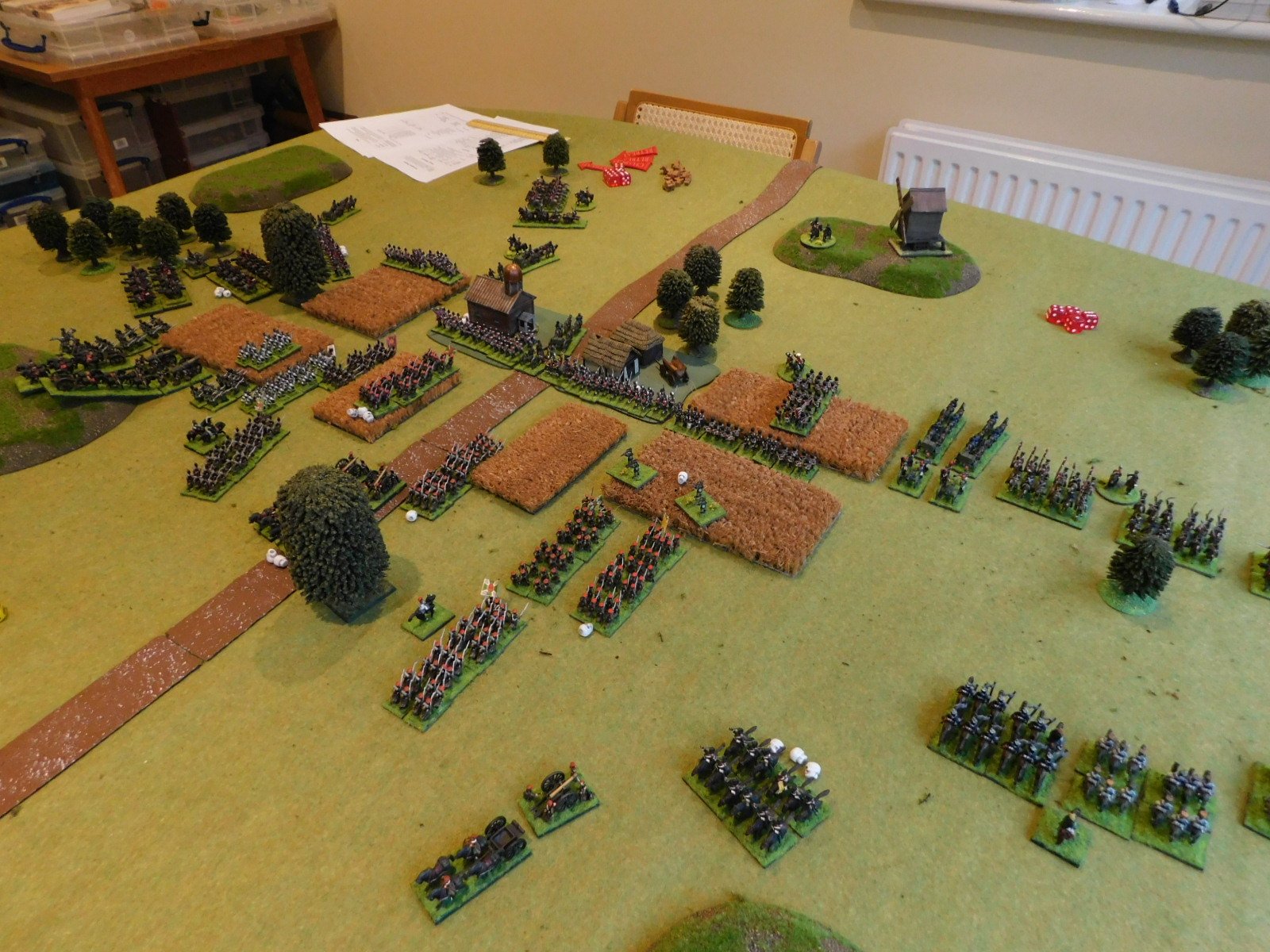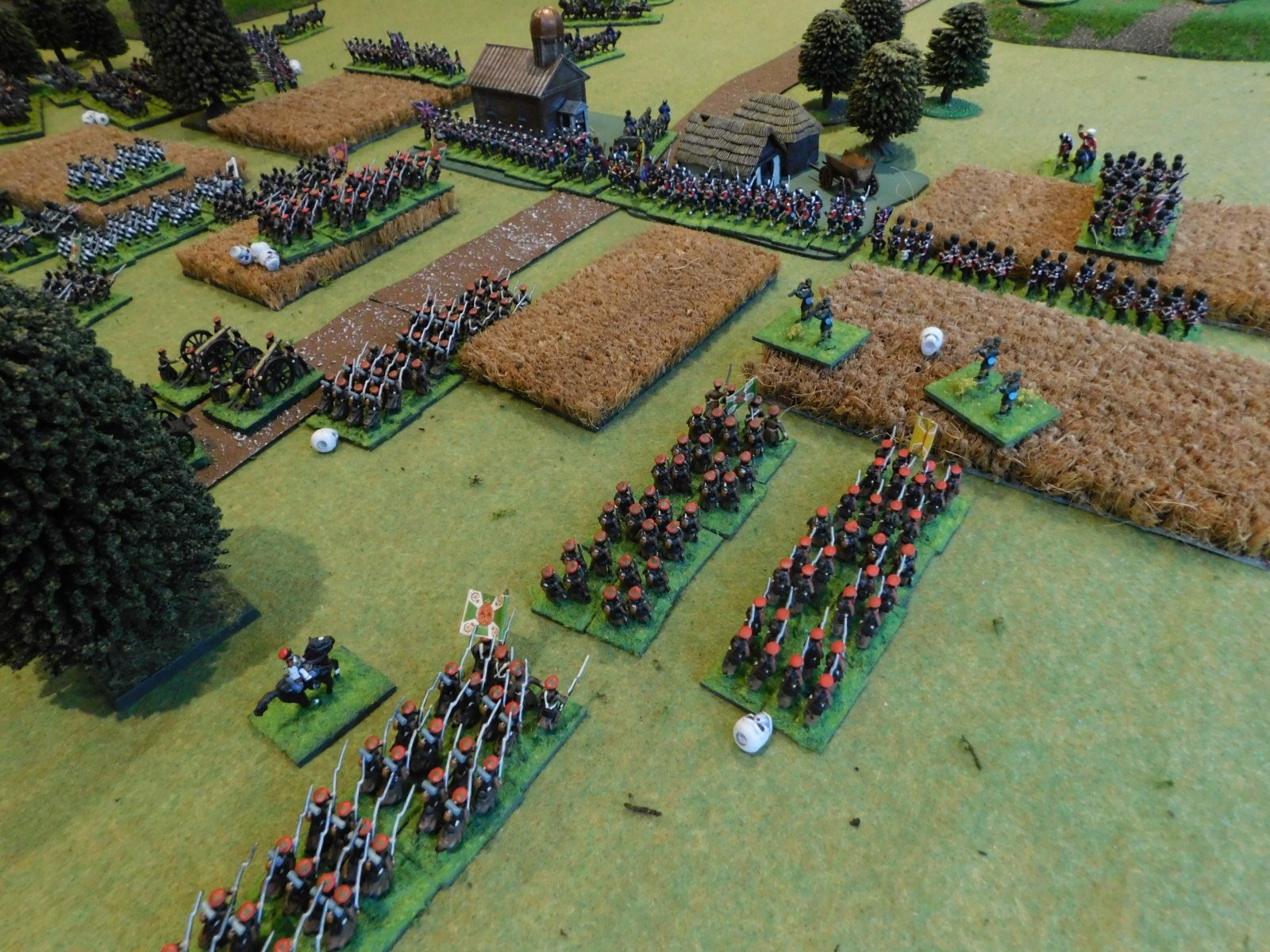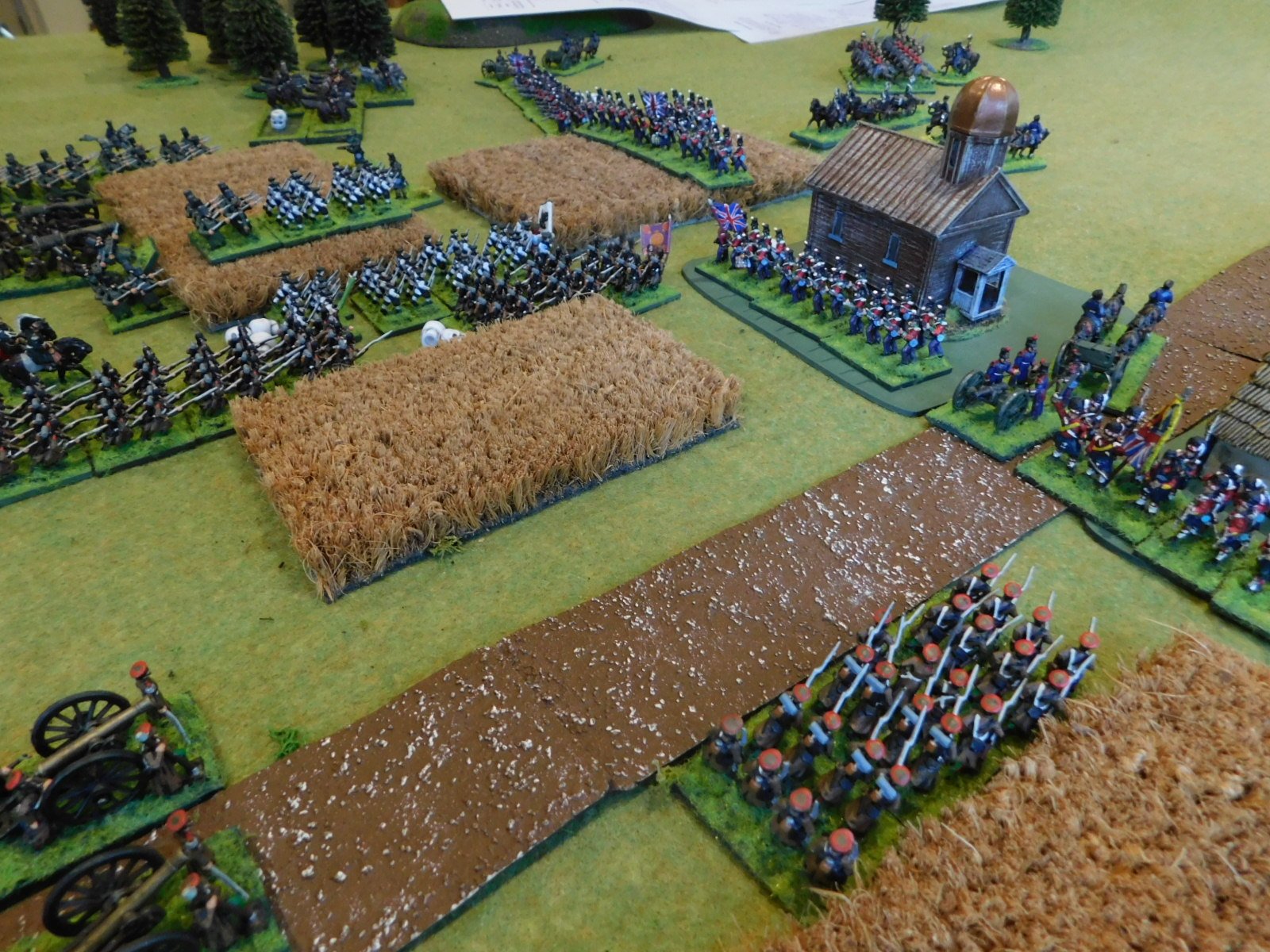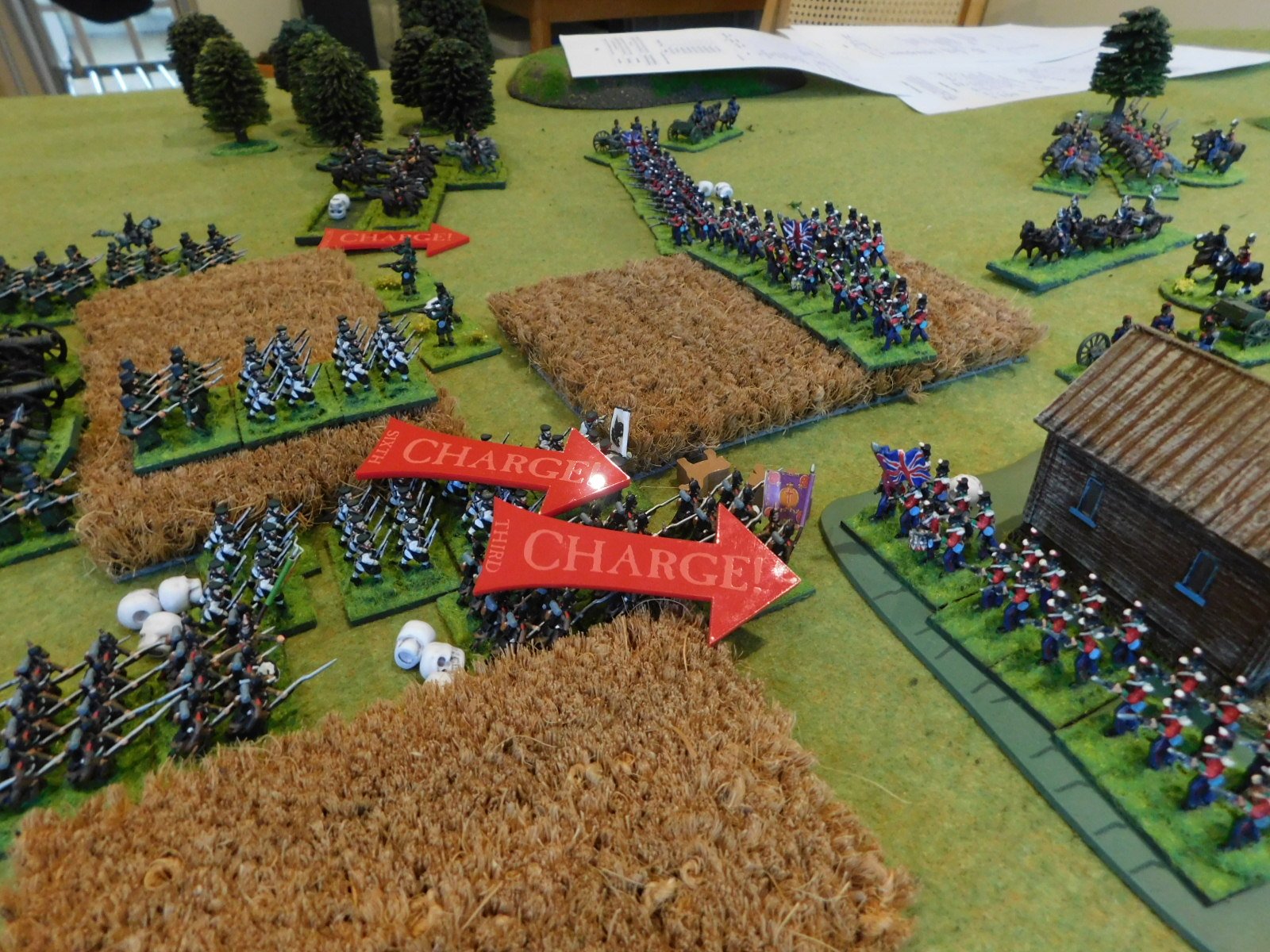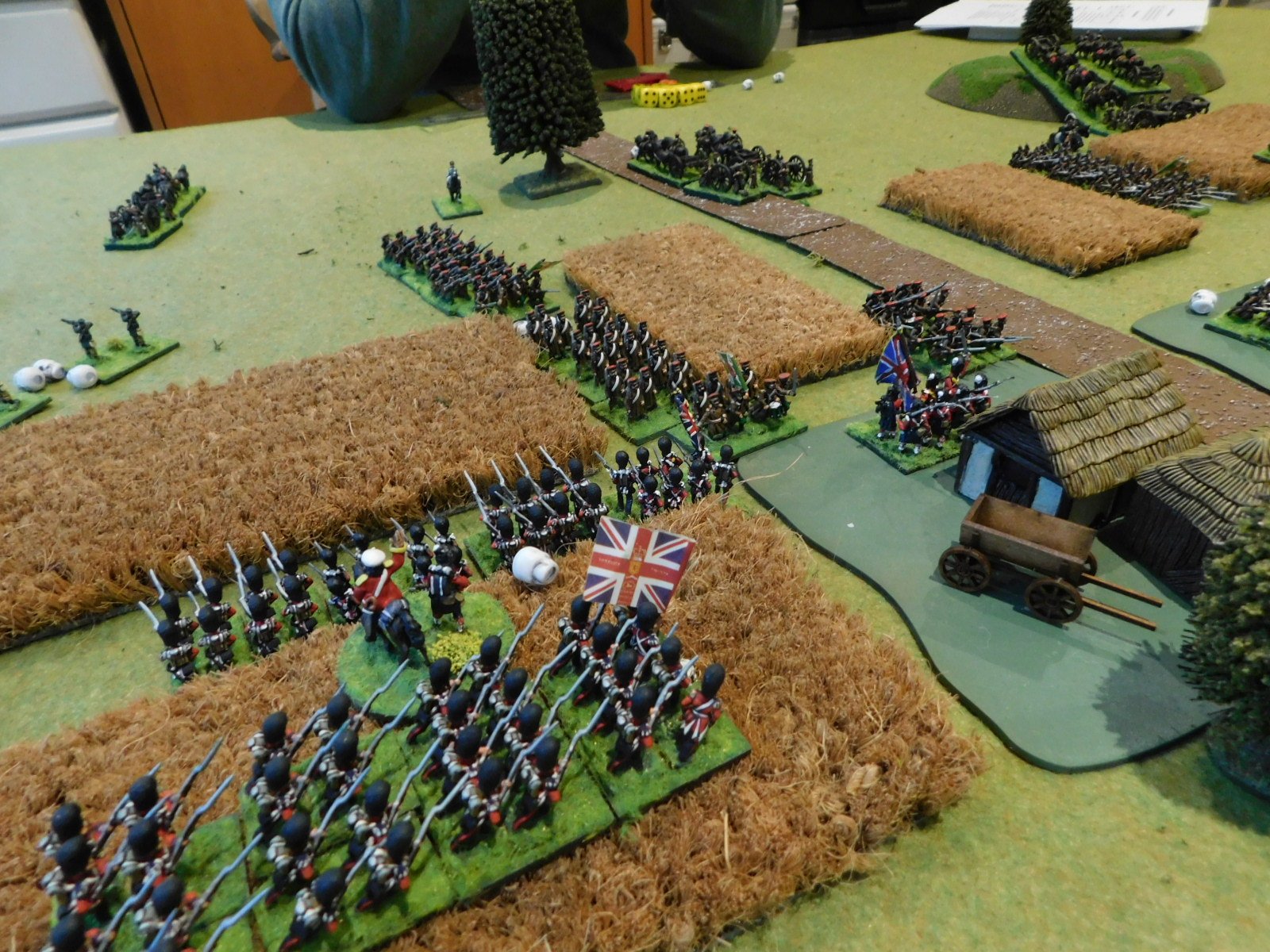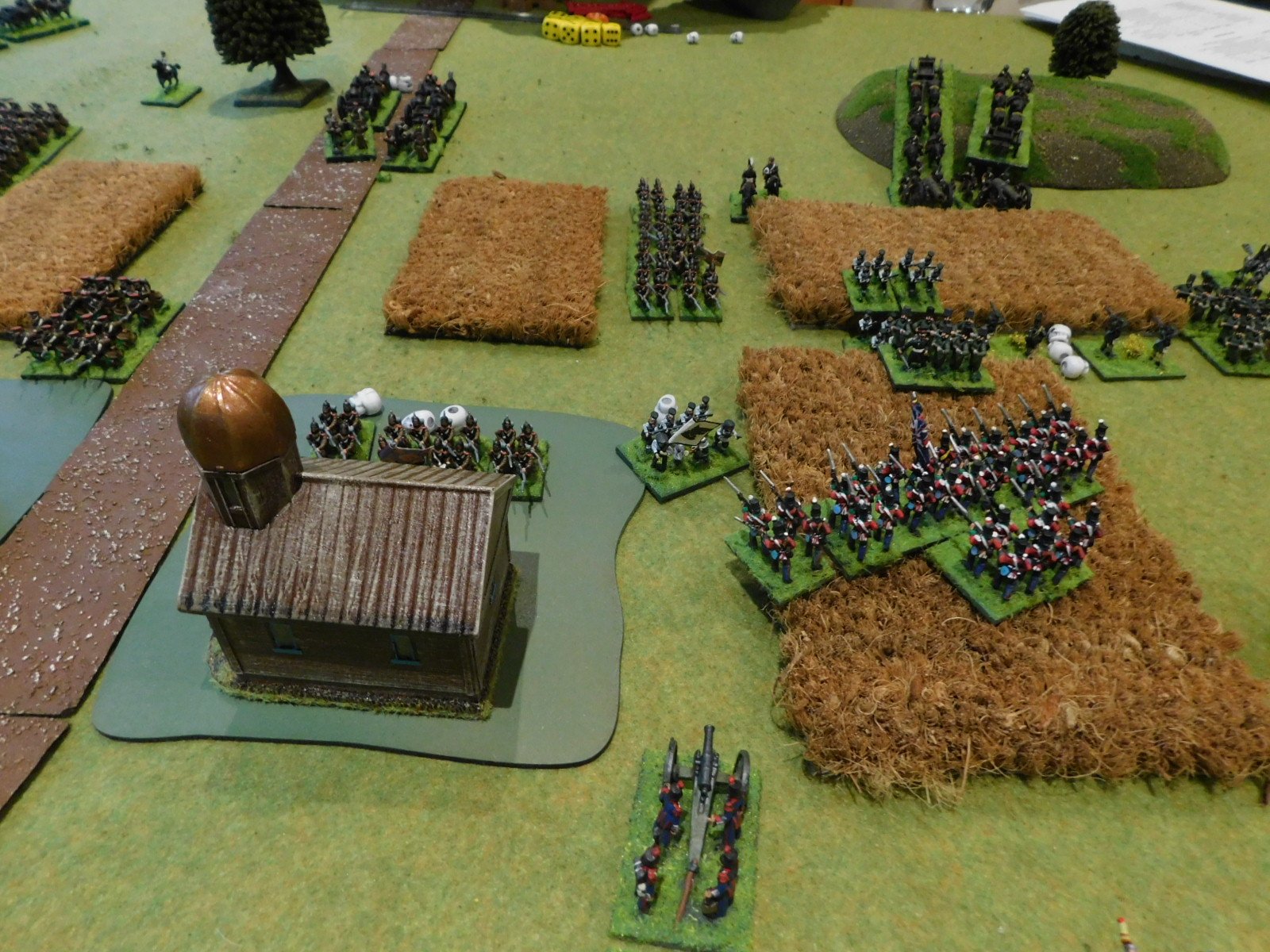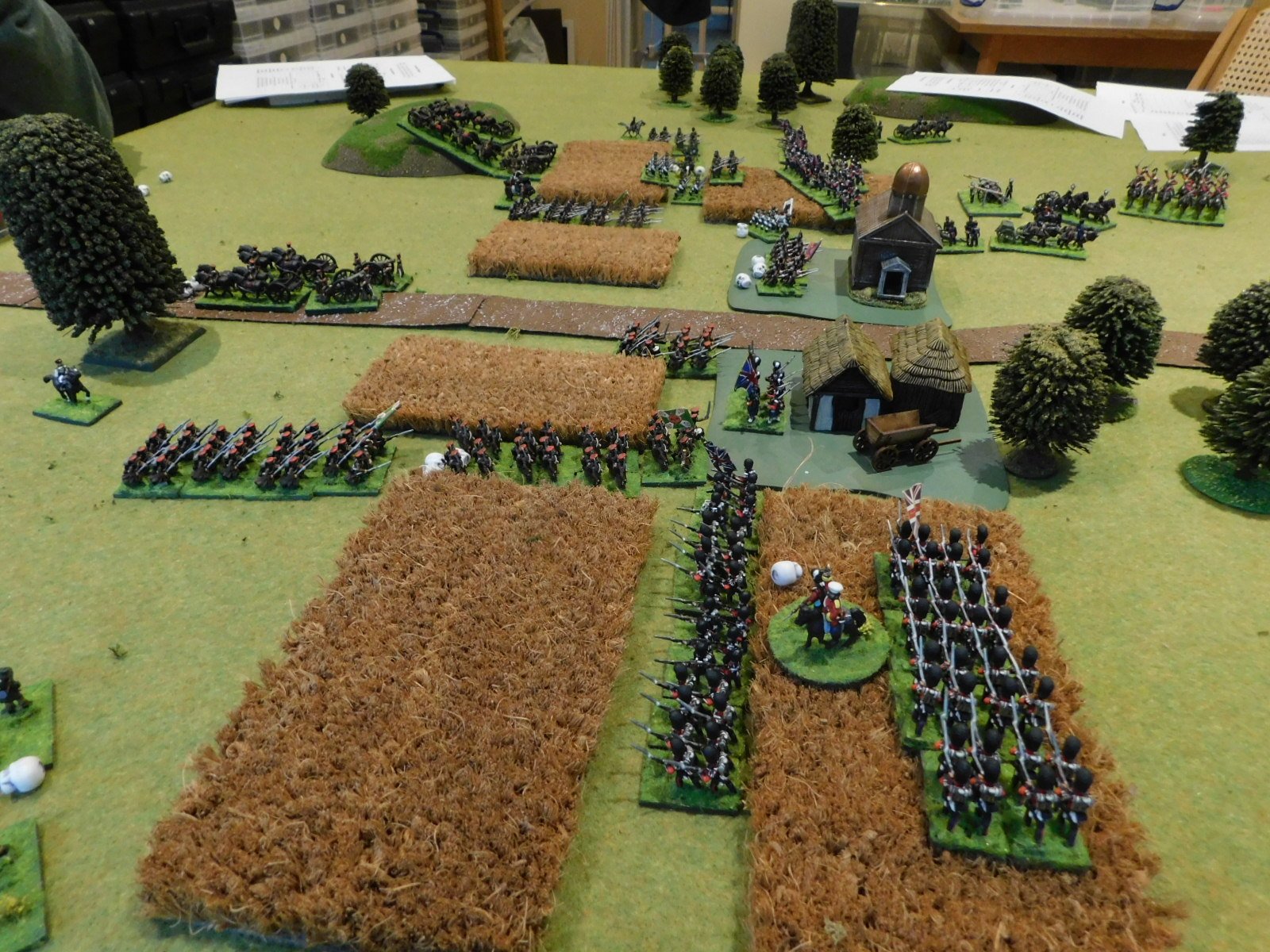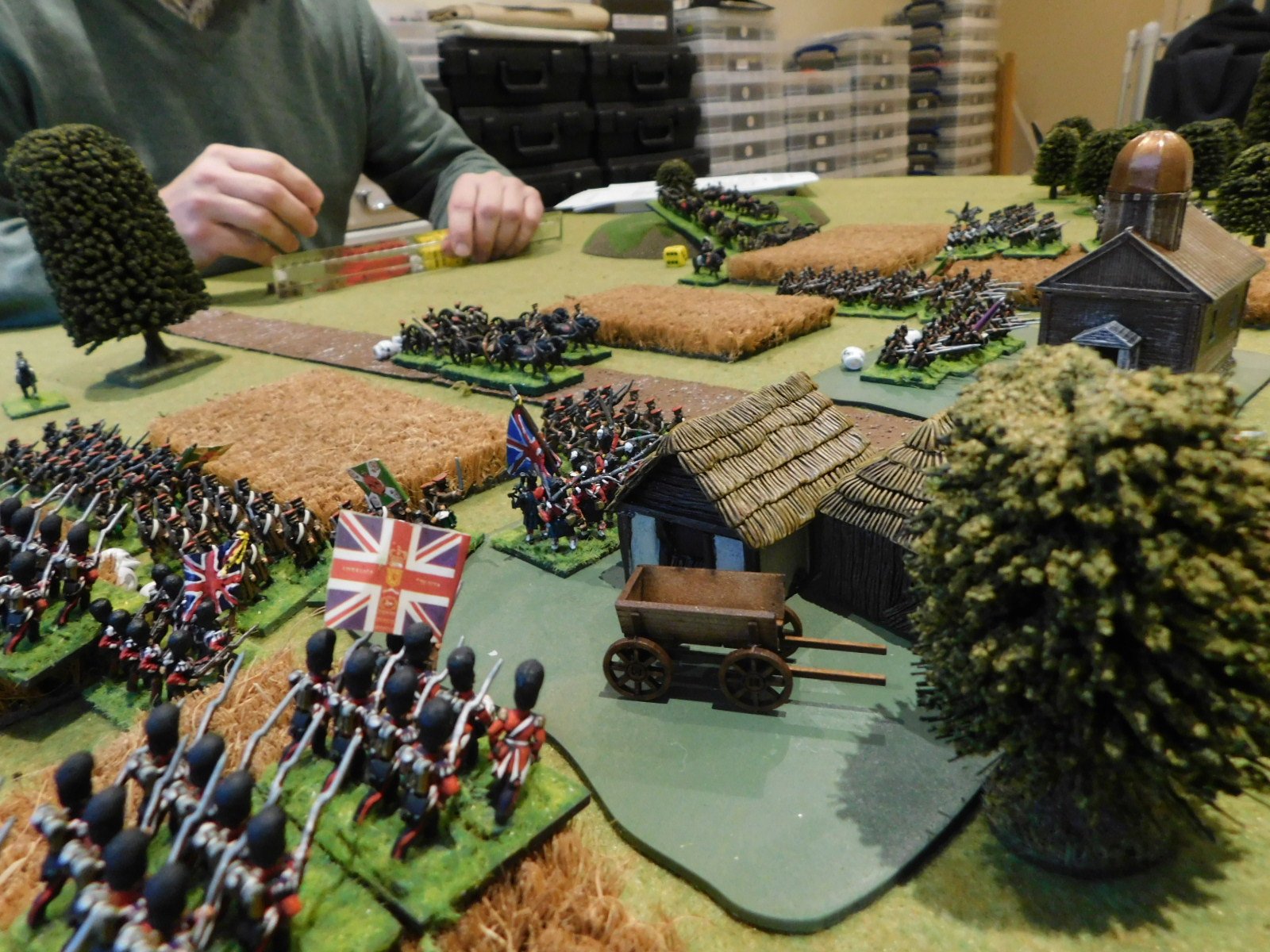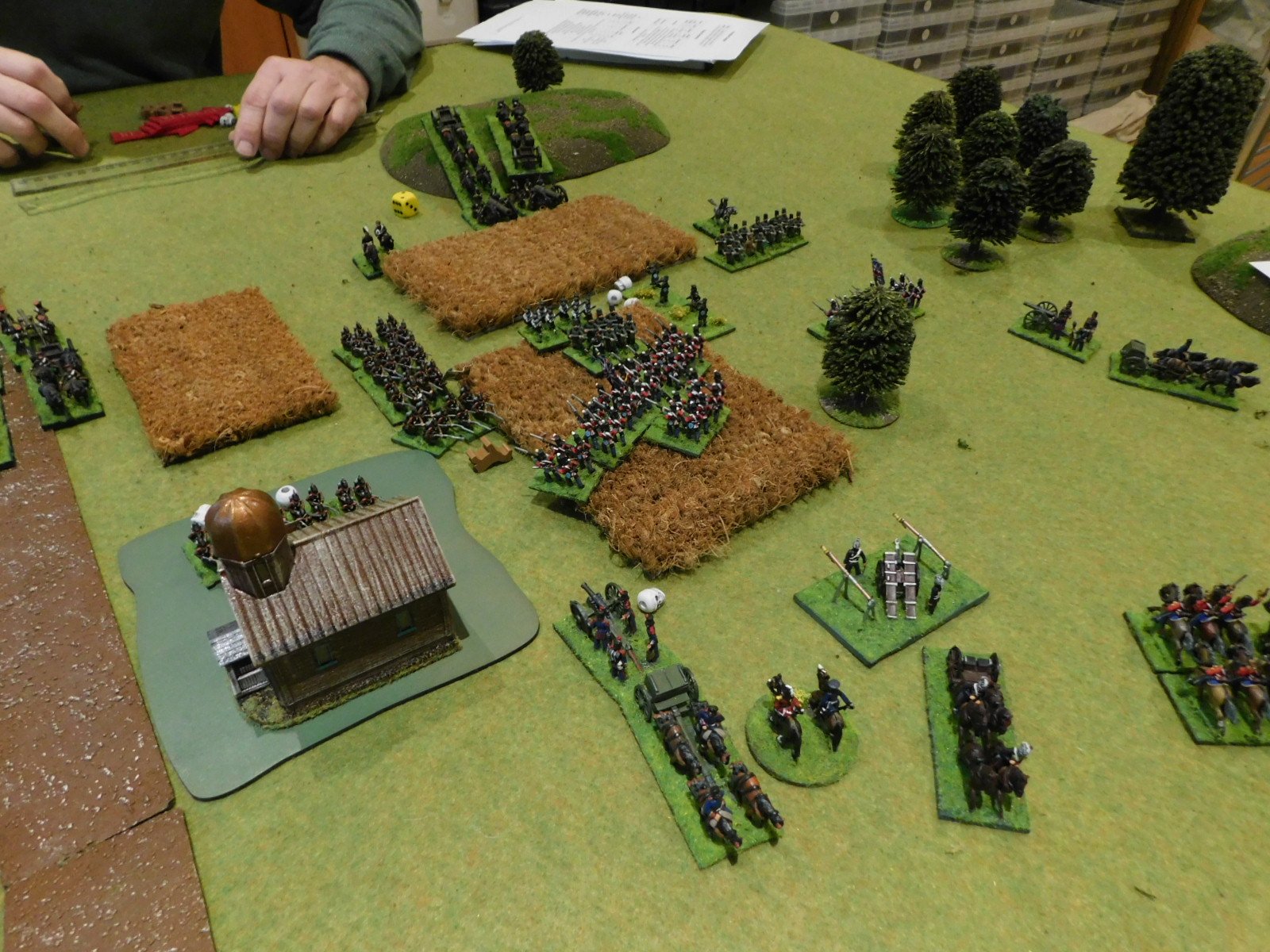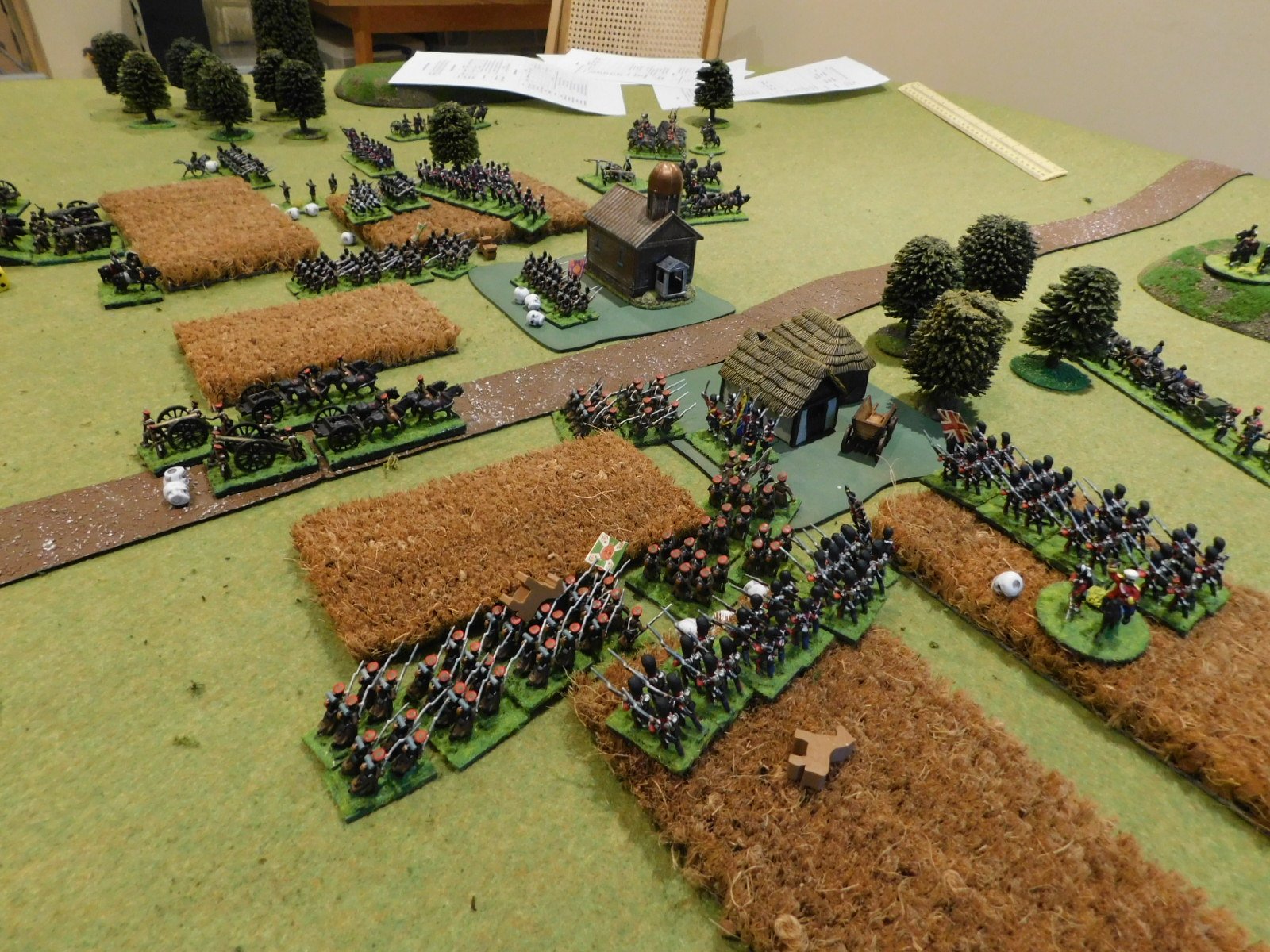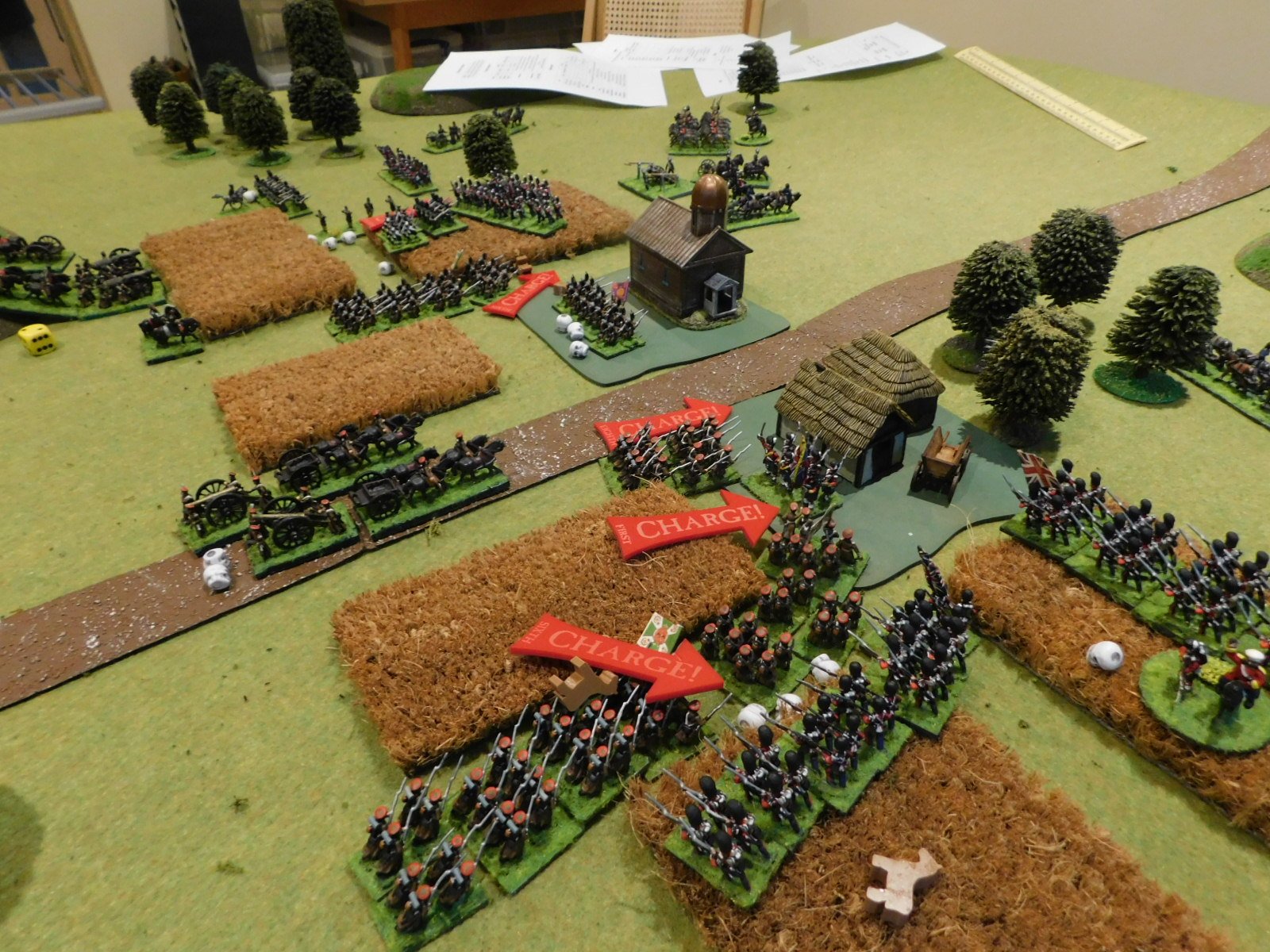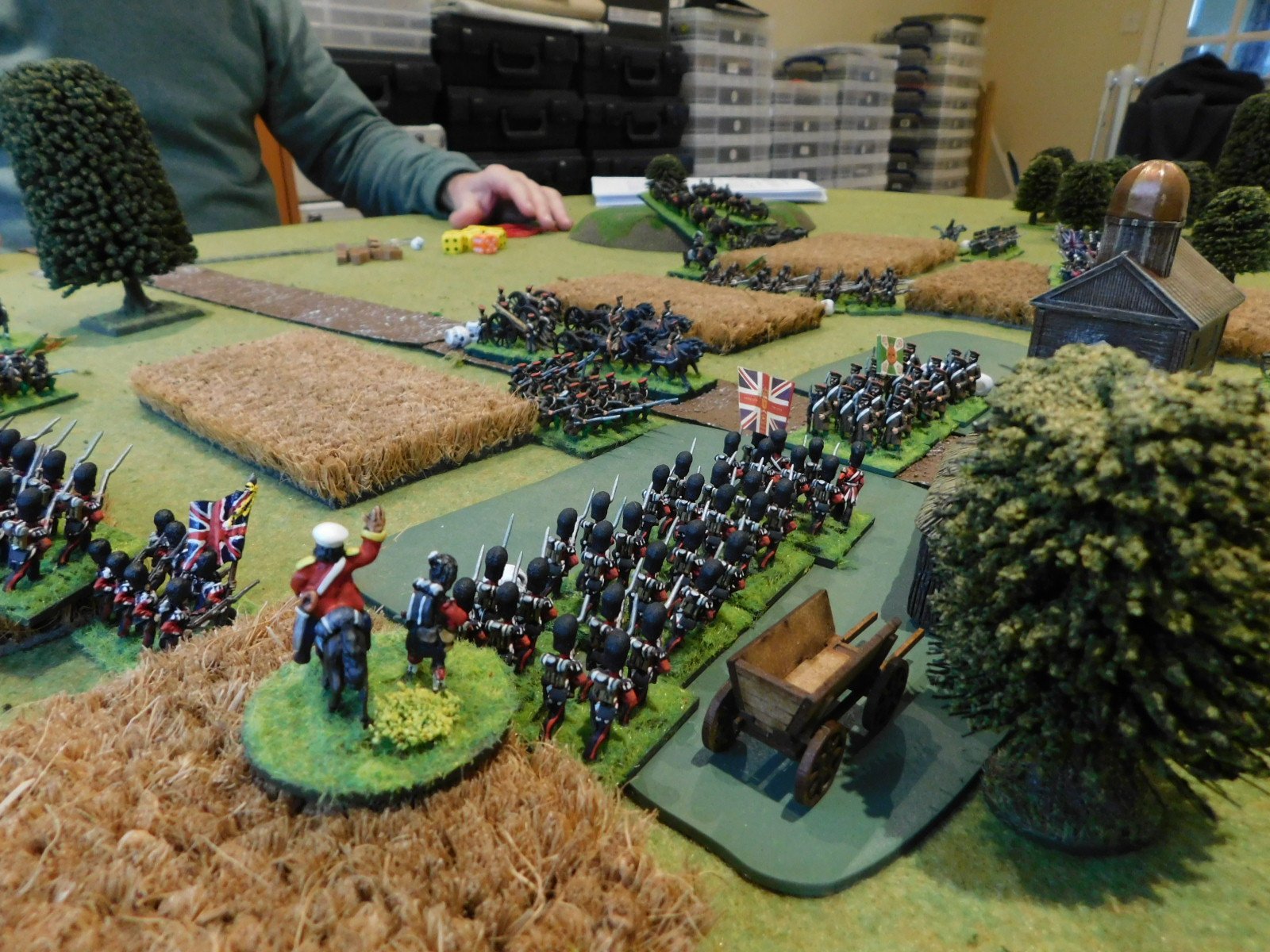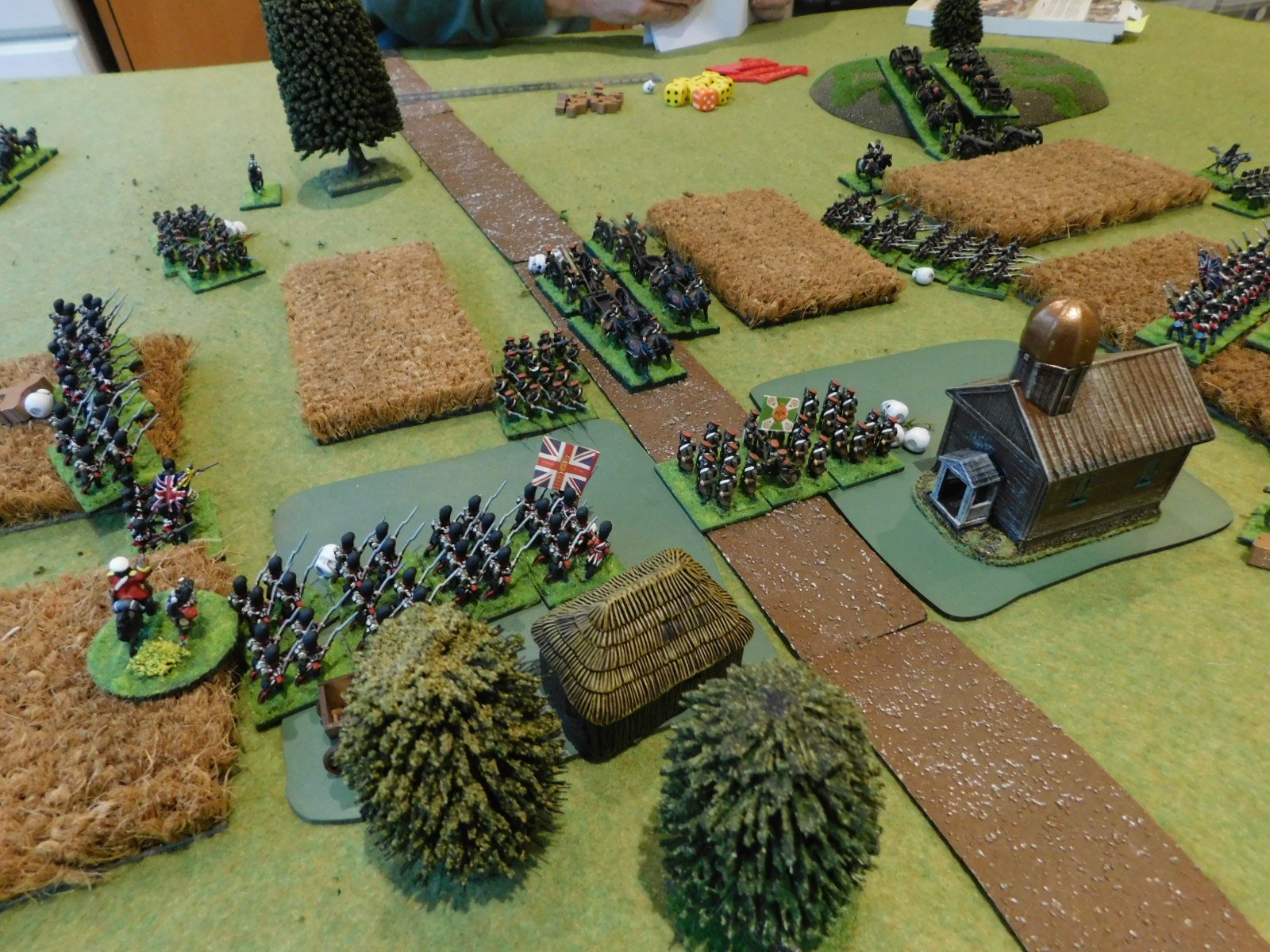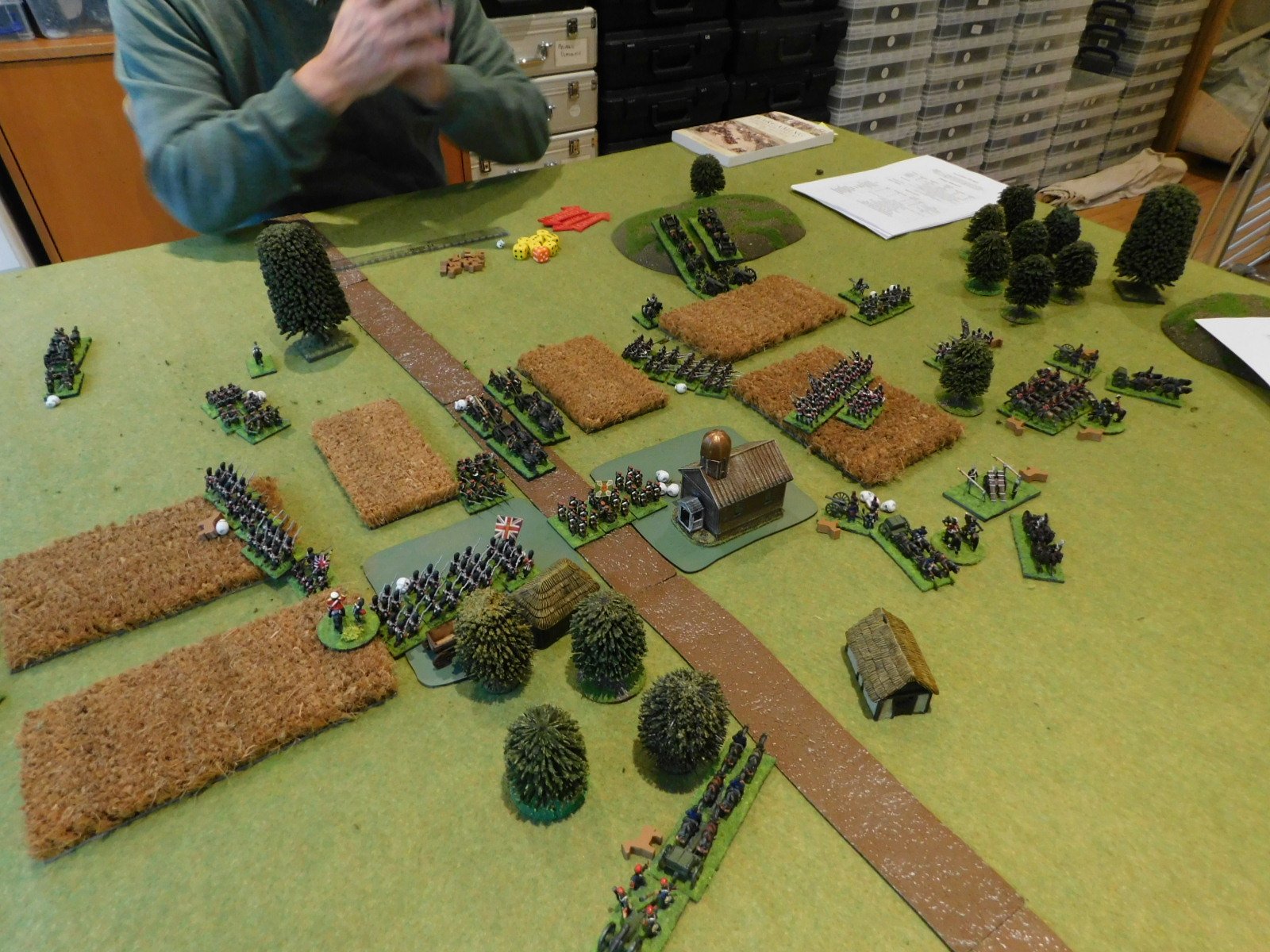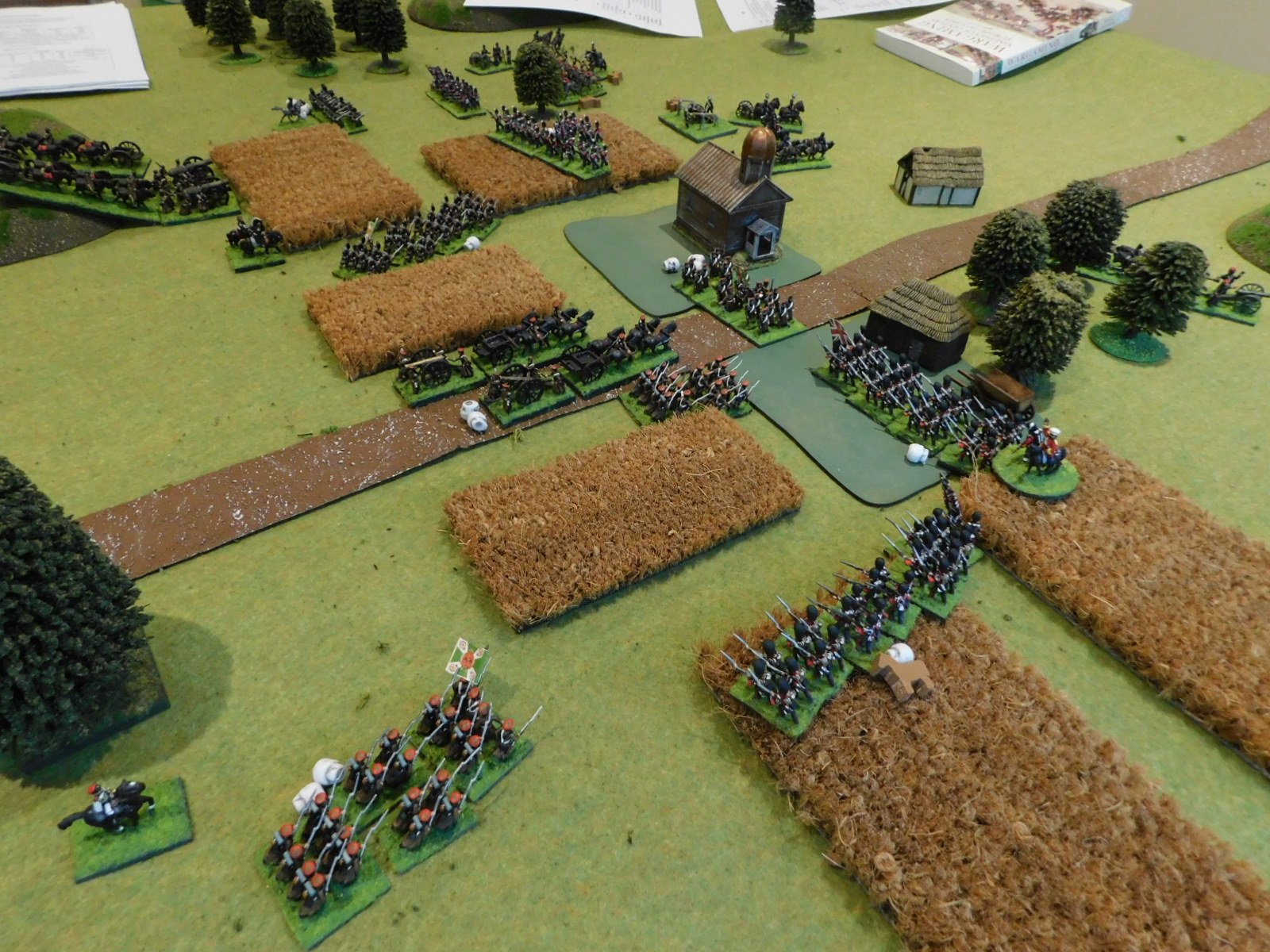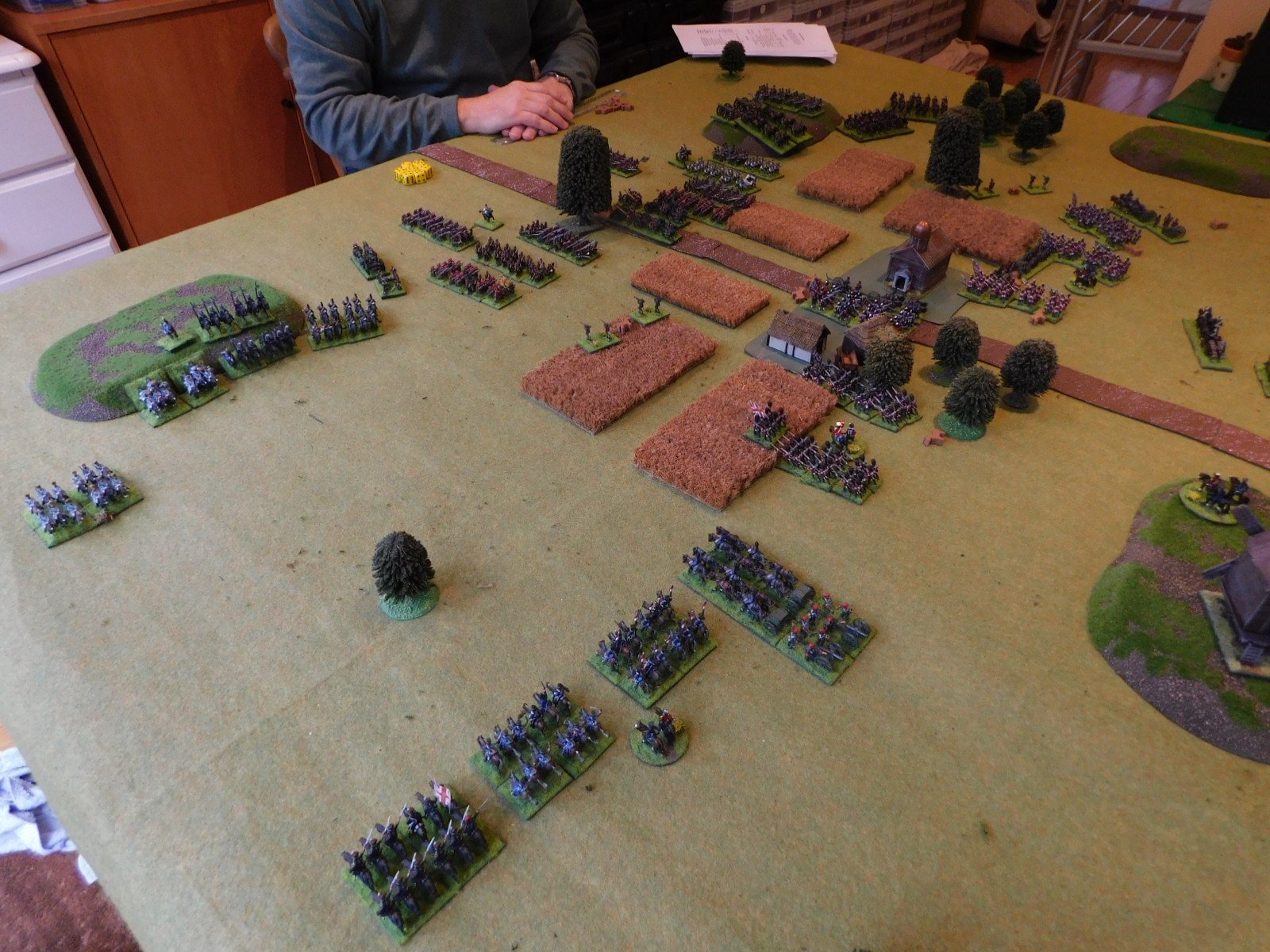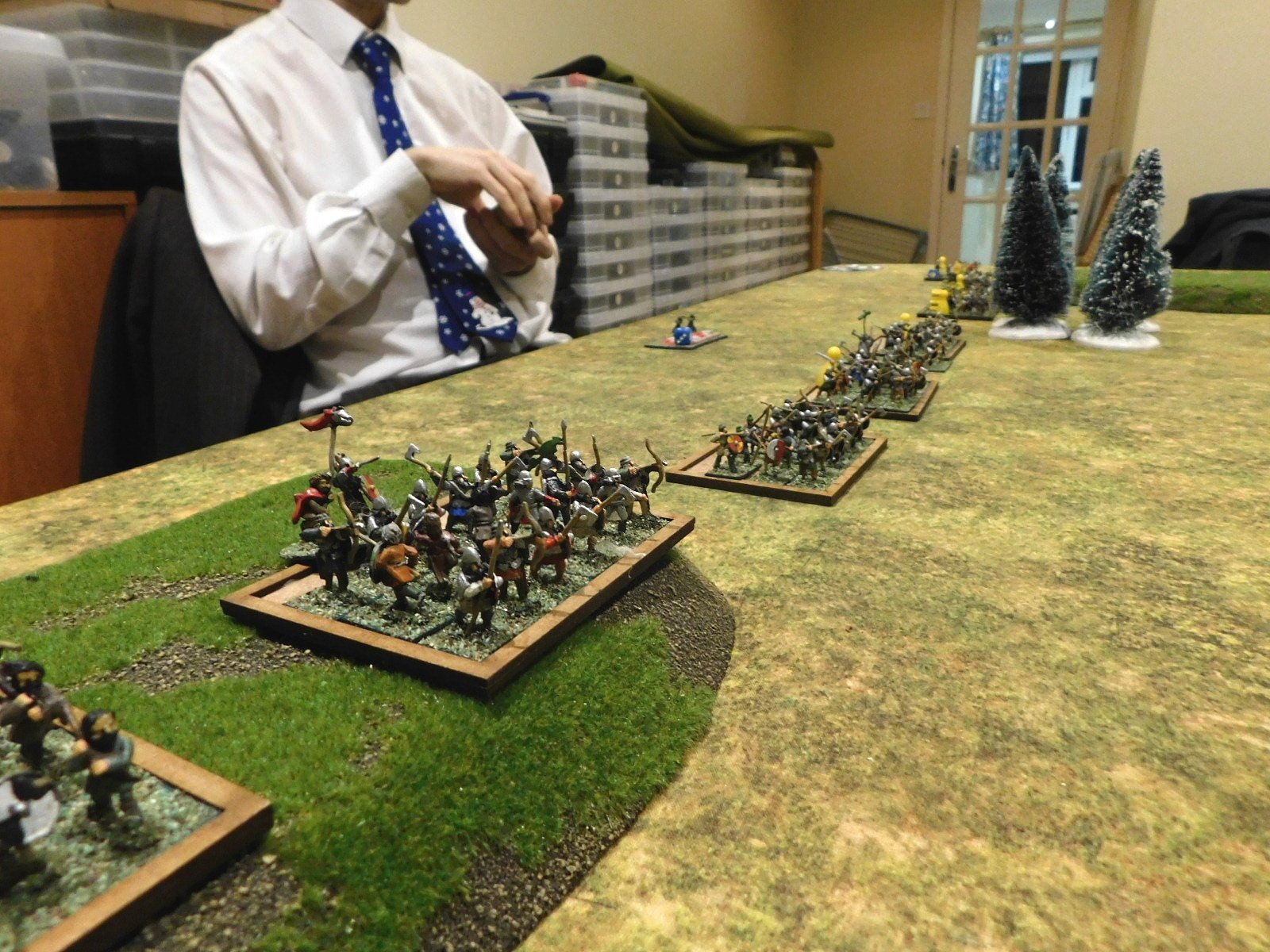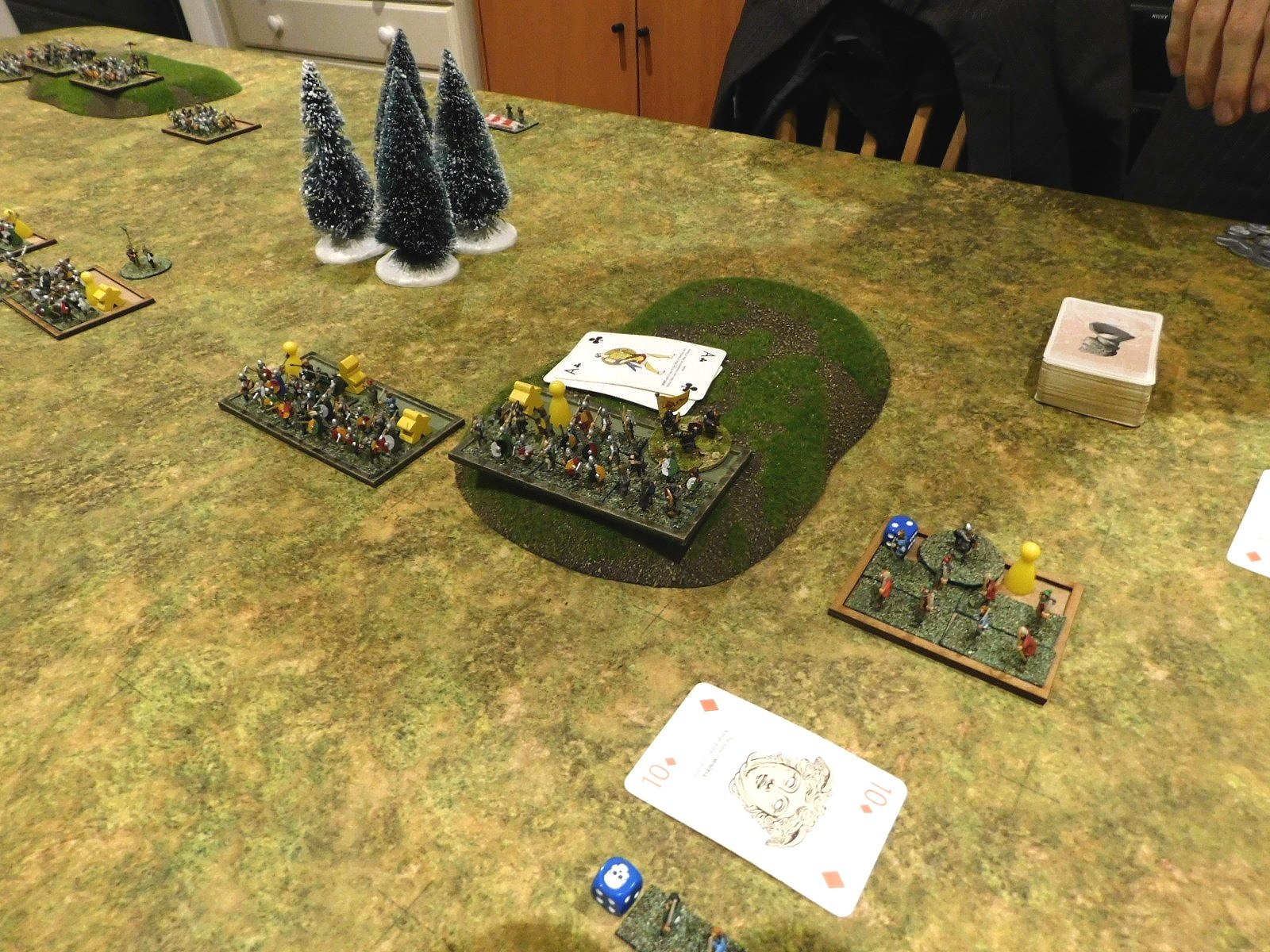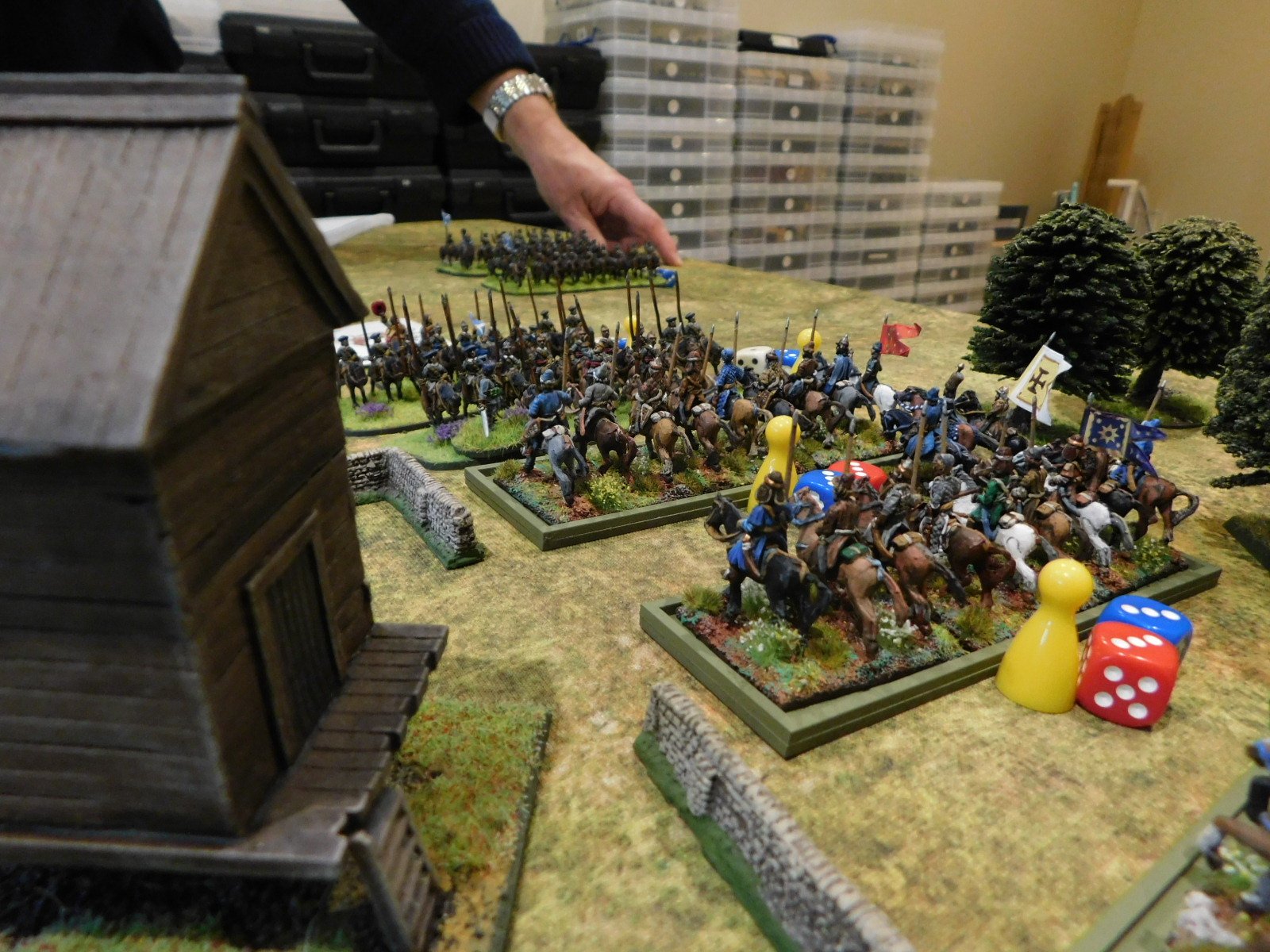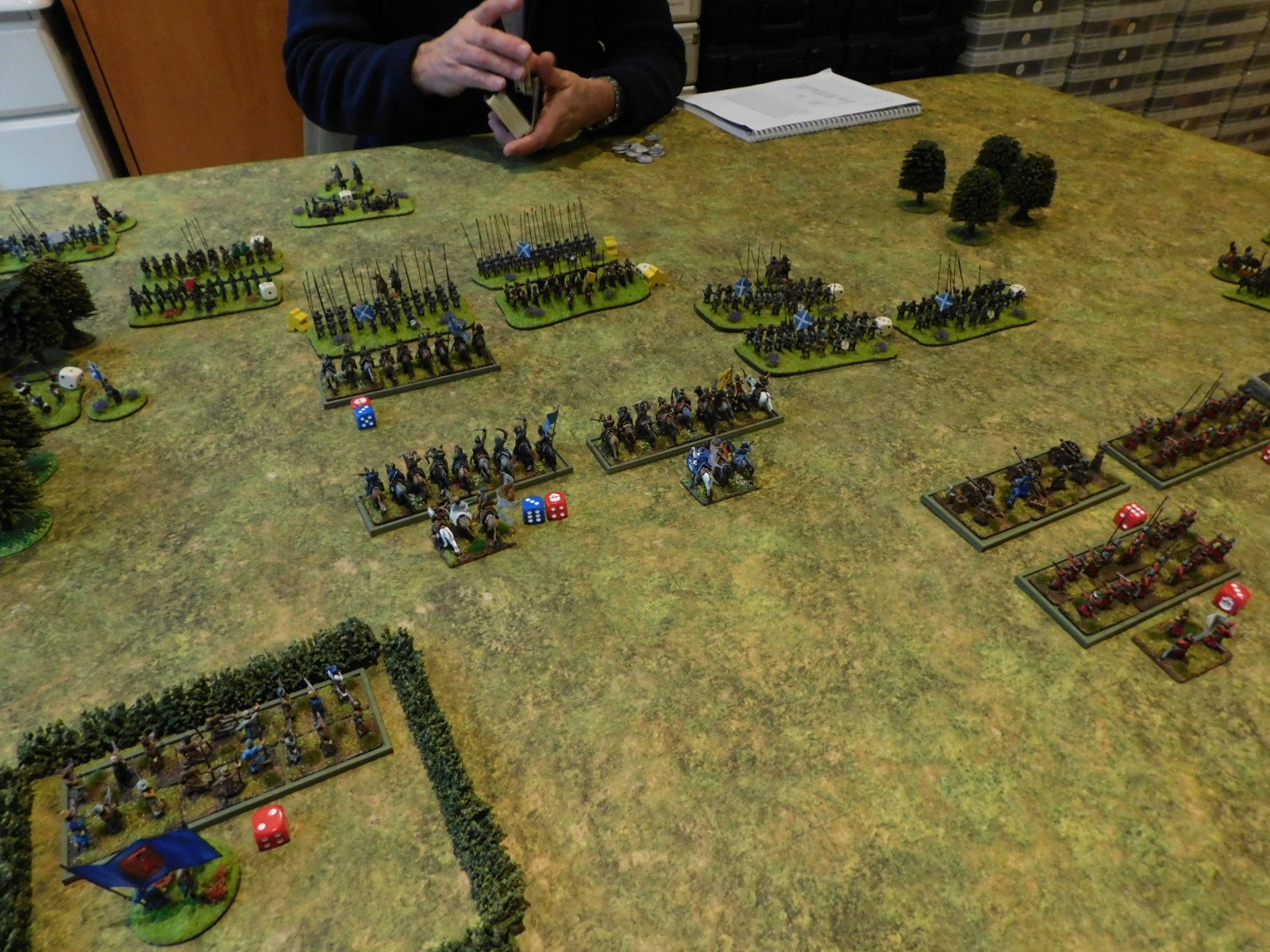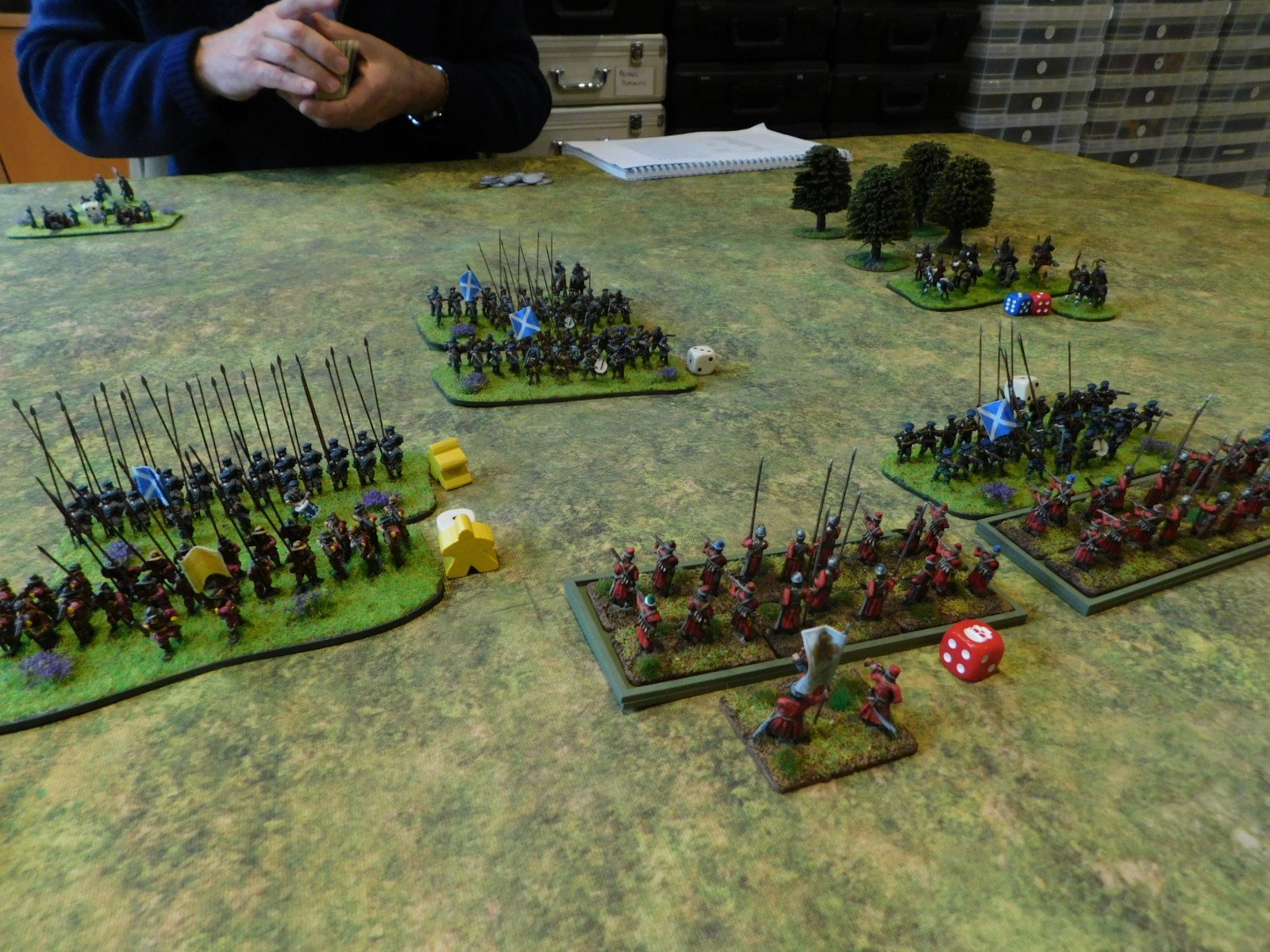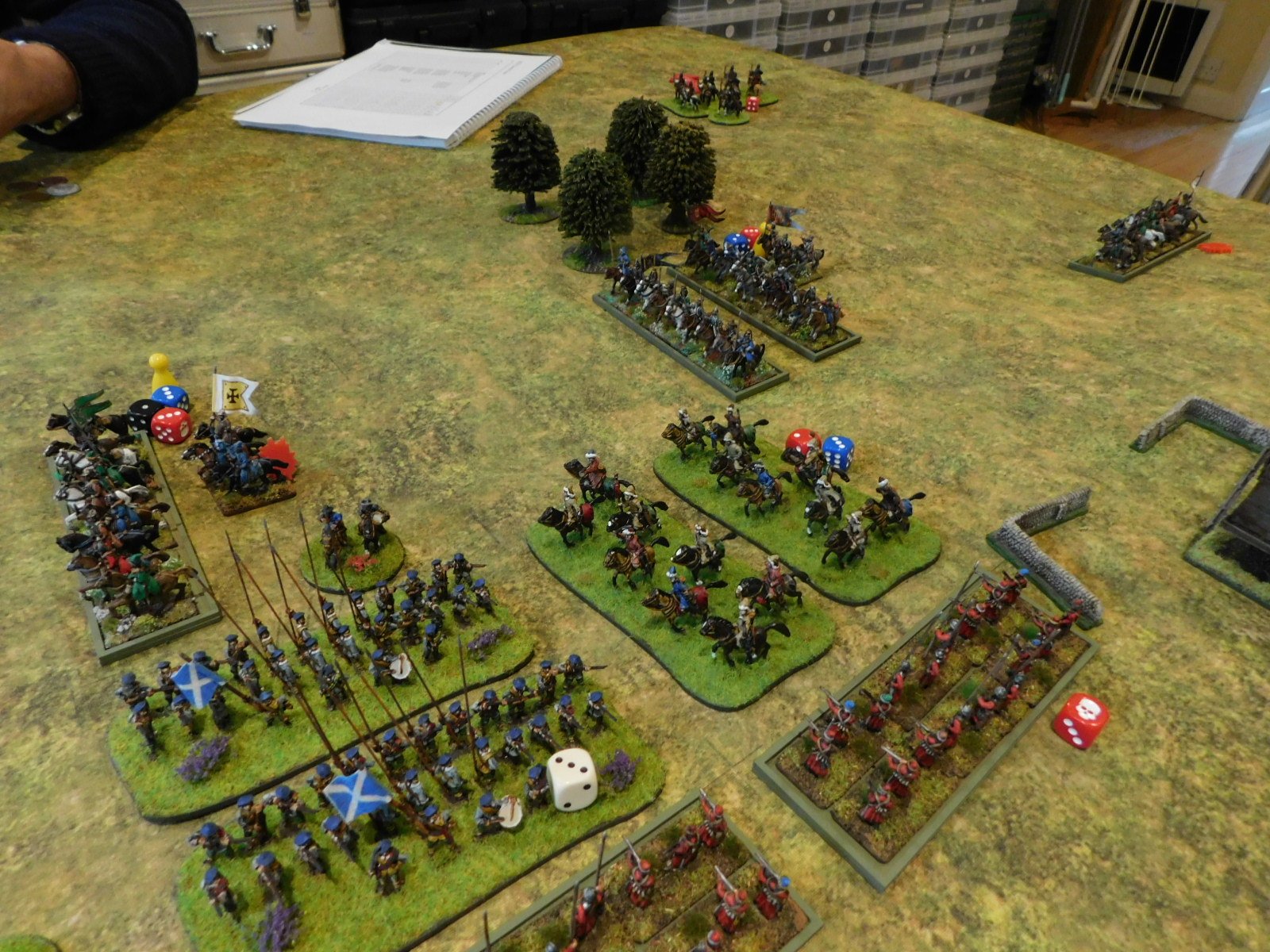TTS AAR: Sicilians versus the Tang!
/Yes, I know it’s not any sort of historical or even geographical match up, but this is Ancients/Medieval gaming so that’s convenionally allowed!
Nice
Anyhow, it was off to friend Peter’s house for a quick game of To The Strongest using his big figures. I would play the Italo-Normans as a try out for expanding the 15mm ‘pure’ Normans that I’m currently painting up into a Sicilian army; and Peter would play a nicely painted, bring-and-buy Tang Chinese army he’d had hidden away for years.
The armies were actually quite evenly matched. The Sicilians consisted of a core of Knights, some veteran, supported by spearmen, some with bows, and some lights. The Tang had a core of cavalry and cataphracts supported by, you guessed it, some spearmen and some lights, with his troops having extra crossbows rather than bows.
The Sicilians were outscouted and, I must confess, out deployed. On my left flank, all my cavalry faced all the Tang cavalry. In the centre, three quarters of my infantry faced his. But on the right flank, a good 25% of my infantry were facing empty space. Doh!
Time to make the Tang an offer they couldn’t refuse!
Comparing notes after the game, both Peter and I were convinced that we would win the cavalry clash that was almost certainly coming on my left wing: Peter because he had more lights supporting his heavies than I had, me because my cavalry were a bit better quality than his. We both duly advanced our horse forward as fast as possible.
It was in this first cavalry clash that it rapidly became apparent what sort of day I was going to have: I lost both my cavalry generals in rapid succession, drawing so many Aces that Peter actually asked me whether I wanted to check I had the right number in the deck!
I had disordered two of his units in the first clash, so was posed to sweep all before me, but have just lost both my cavalry generals: they should be behind the knights on the hill and those toi their left!
The writing was fairly much on the wall from that point onwards. My cavalry, all now out of command, were gradually beaten backwards, and although a bit of good luck could have given me an advantage, those Aces kept on coming.
The photo below shows one of the moments that could have turned the game: I have lights on the flank of some disordered cataphracts, they’ve drawn a ‘2’ to get into charge position (meaning that they have an 80% chance of going in) and what do I draw? Yes, you guessed it, another Ace!
Meanwhile, in the centre, my infantry weren’t doing much better. Although both my generals were currently still breathing (that would change: I lost one of them later on in the game), I hadn’t had any success in either getting my right wing into play or even getting my centre into any sort of effective action.
With my victory medal count rapidly diminishing as my cavalry gradually gave way, the only way for me to win was to defeat his infantry quickly, but Peter cannily kept pulling back so that I just couldn’t get to grips with them. Add in losing another general to the mix to effect my ability to spur my men forwards, and you can see that it just wasn’t going to happen.
Seeing I had only a couple of victory medals left, Peter now changed tactics: coming forward and targeting my light units with everything he had. Their departure proved the final straw for the Sicilians, and they fled the field!
A most enjoyable game despite my defeat and frustrating habit of drawing Aces, and I could console myself with the fact that this must mean that next game I won’t be drawing any Aces at all…as the laws of probability work like that, don’t they?
Don’t they?
Well, they will in my decks!


